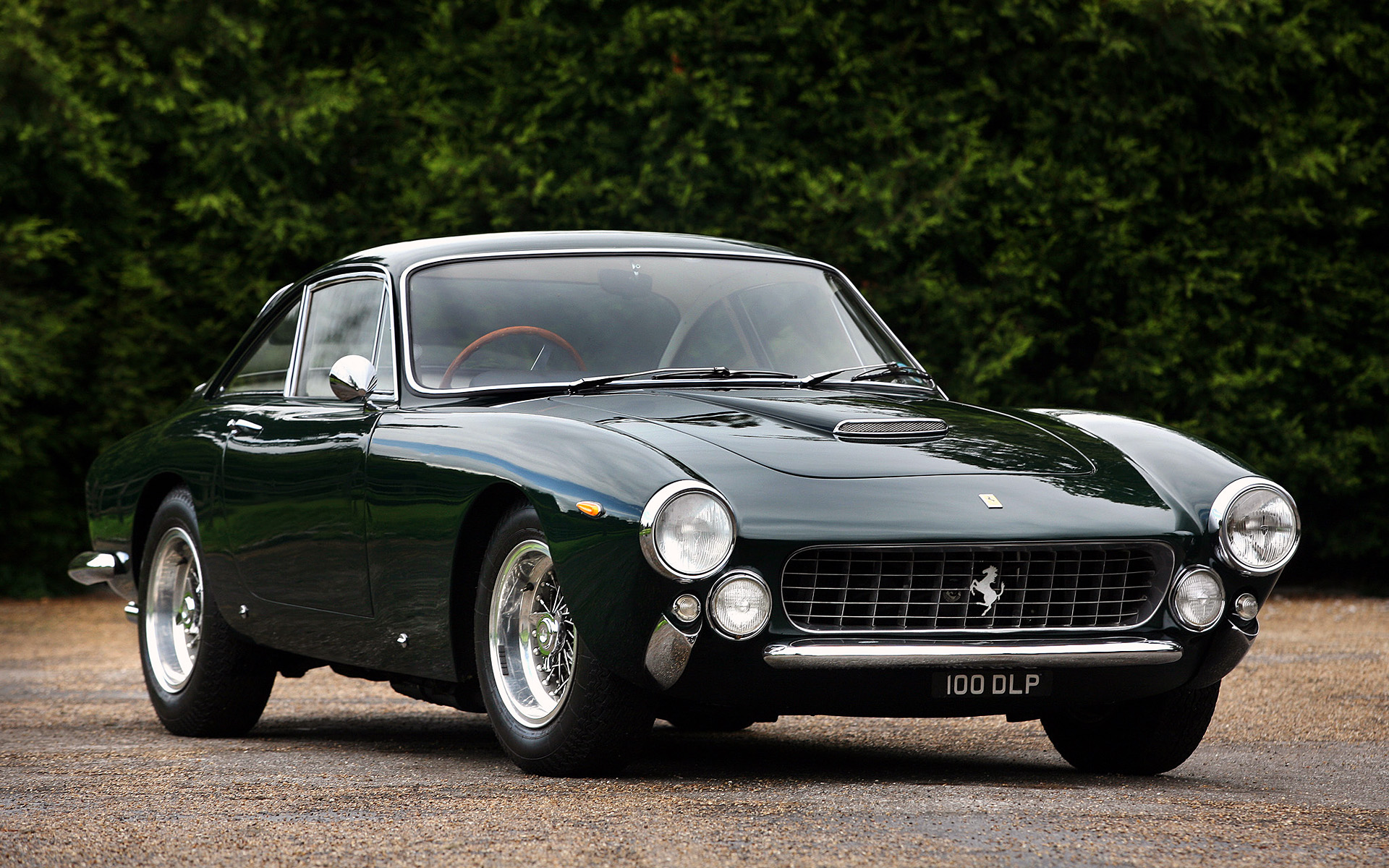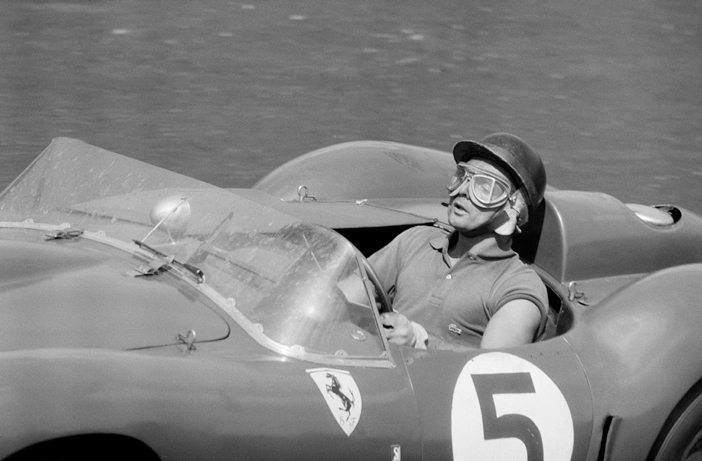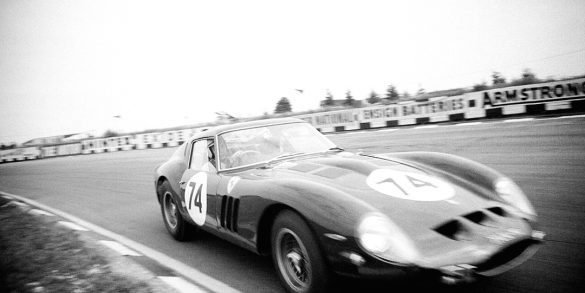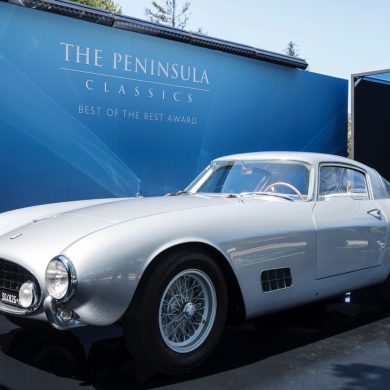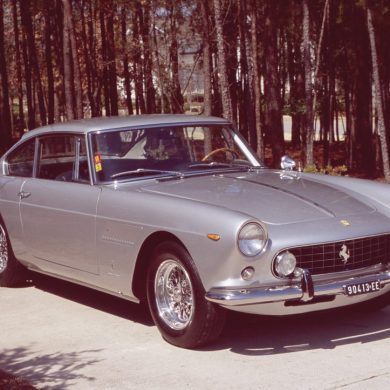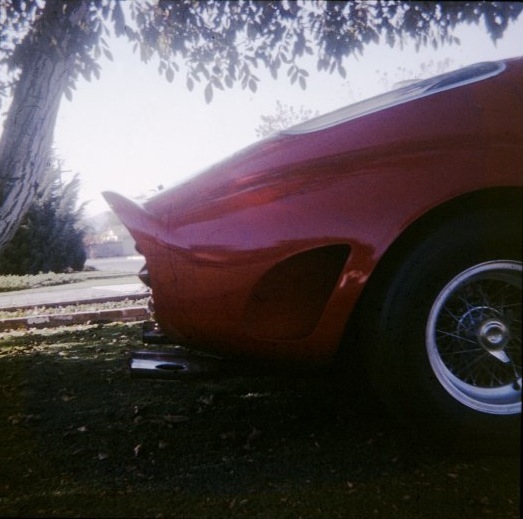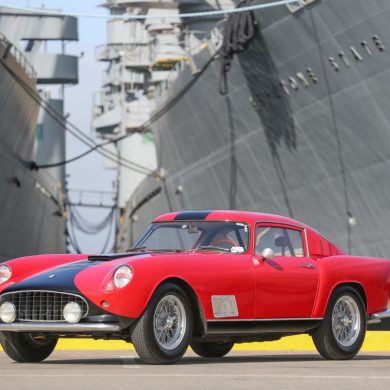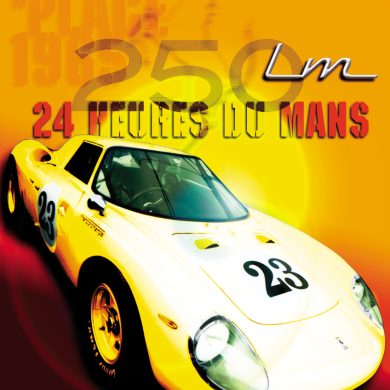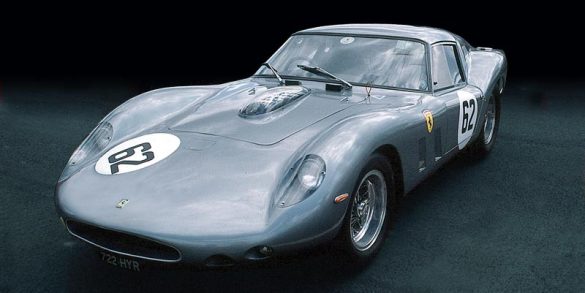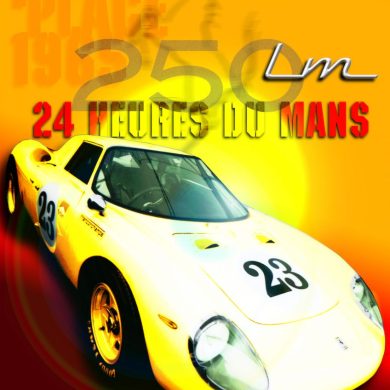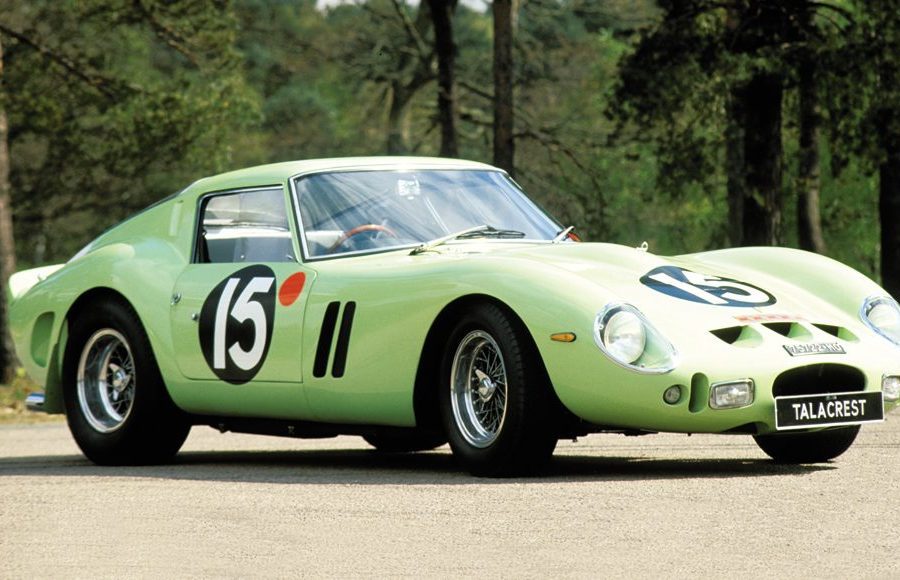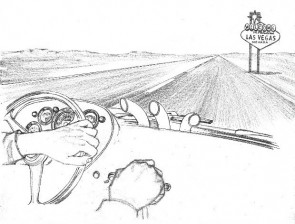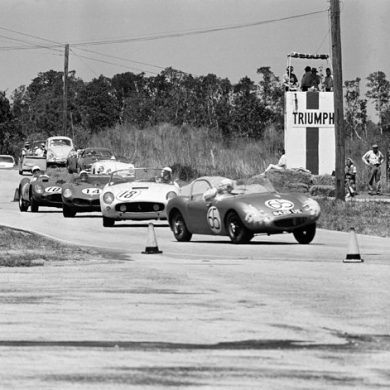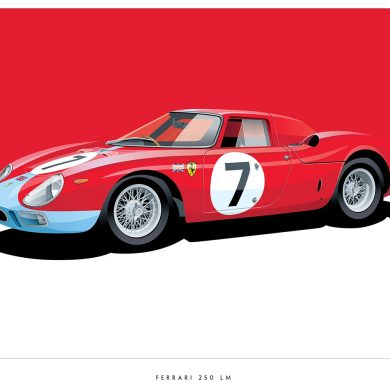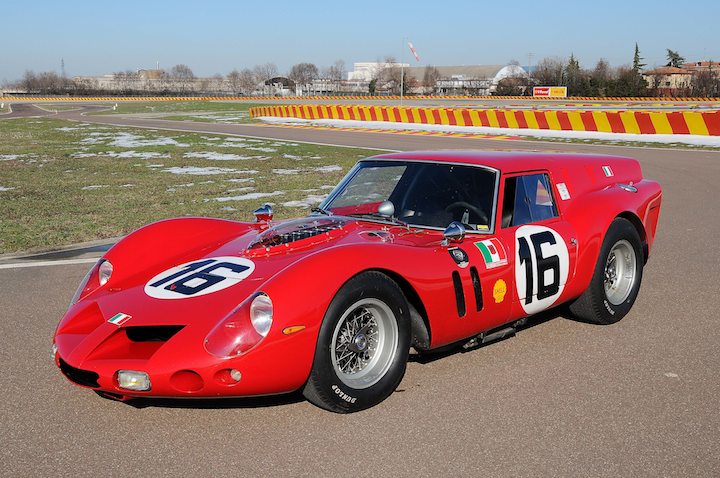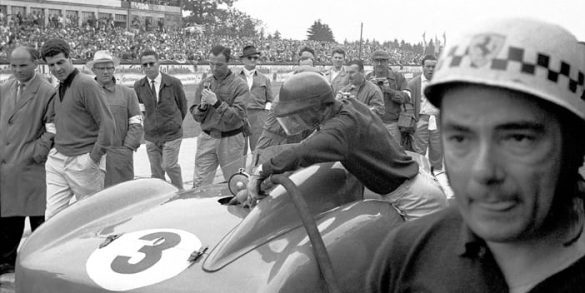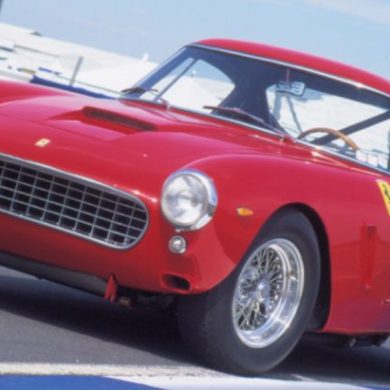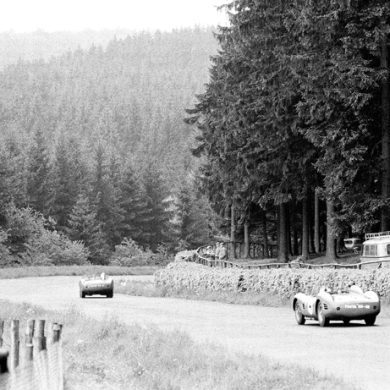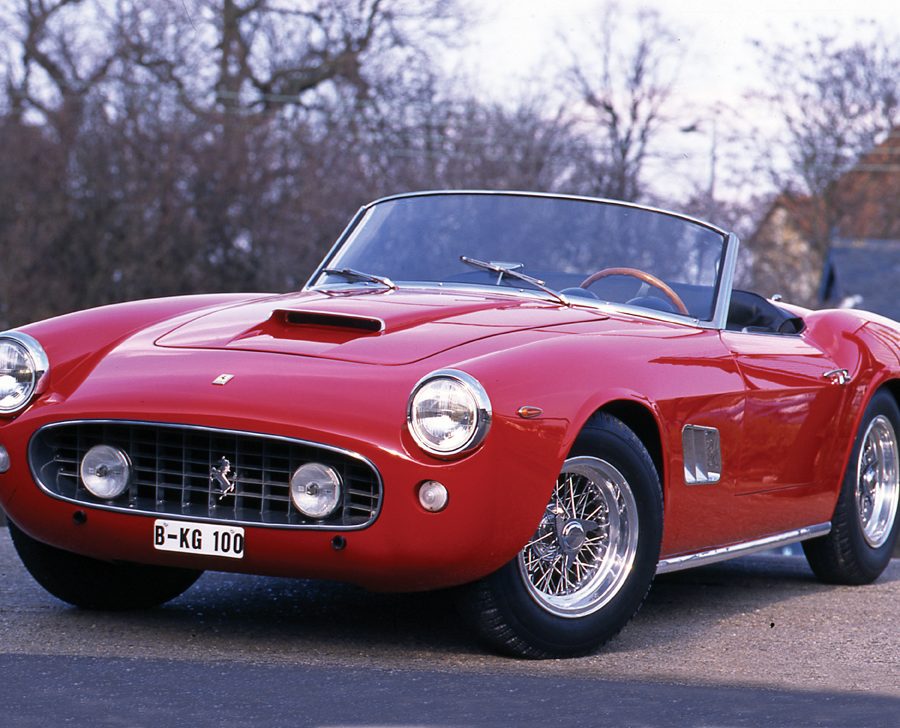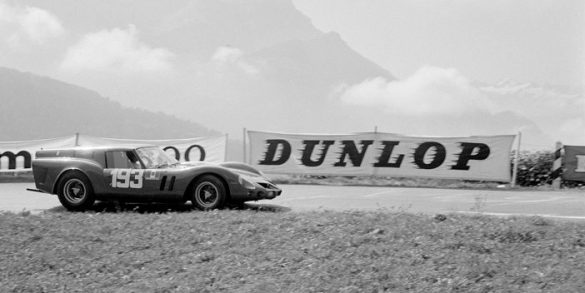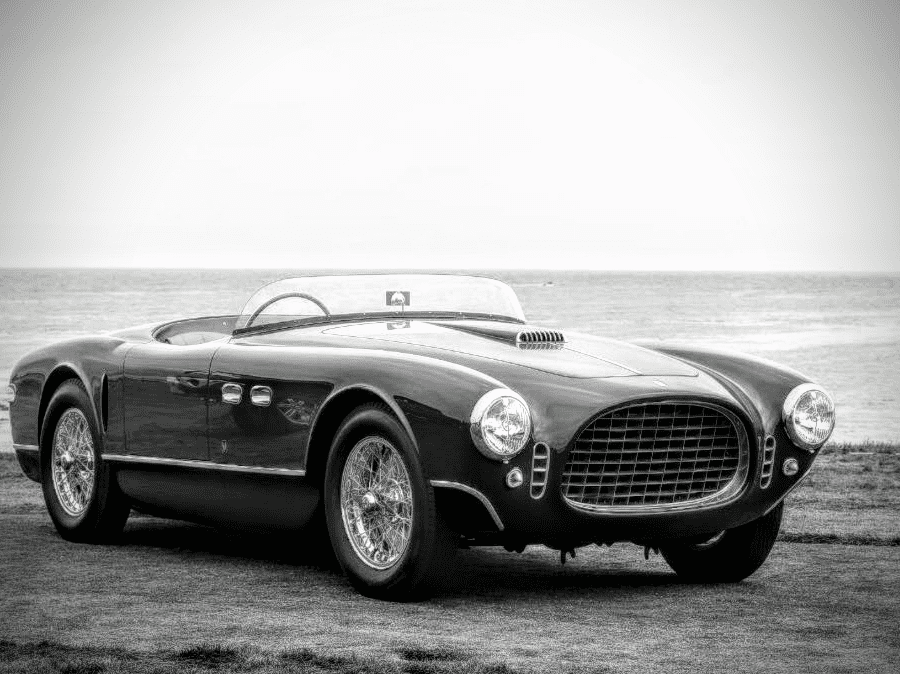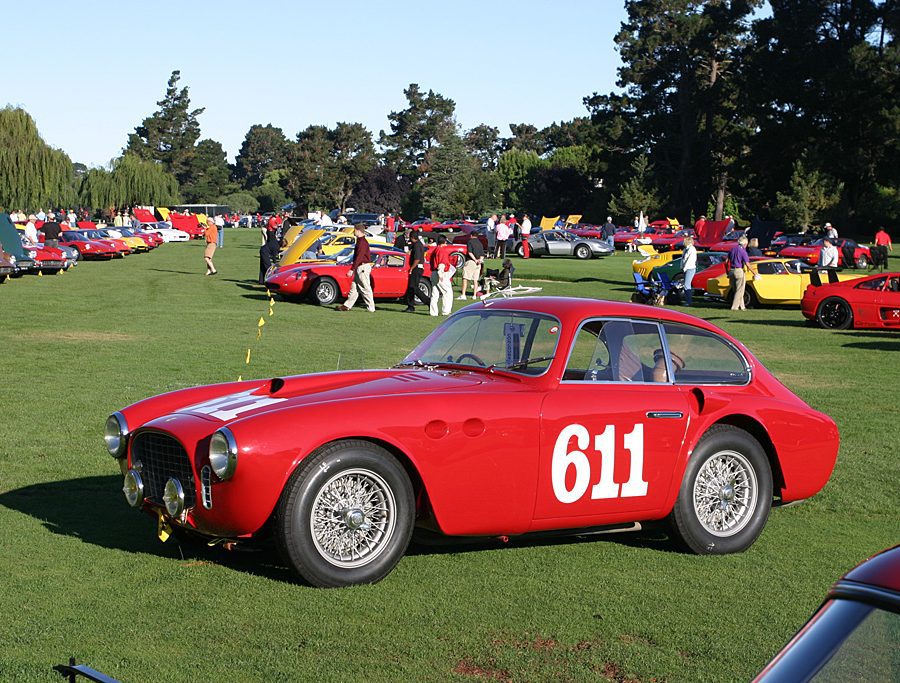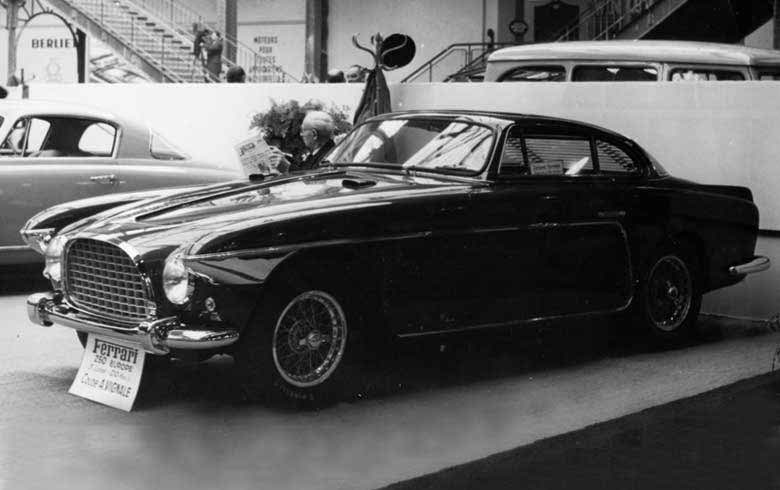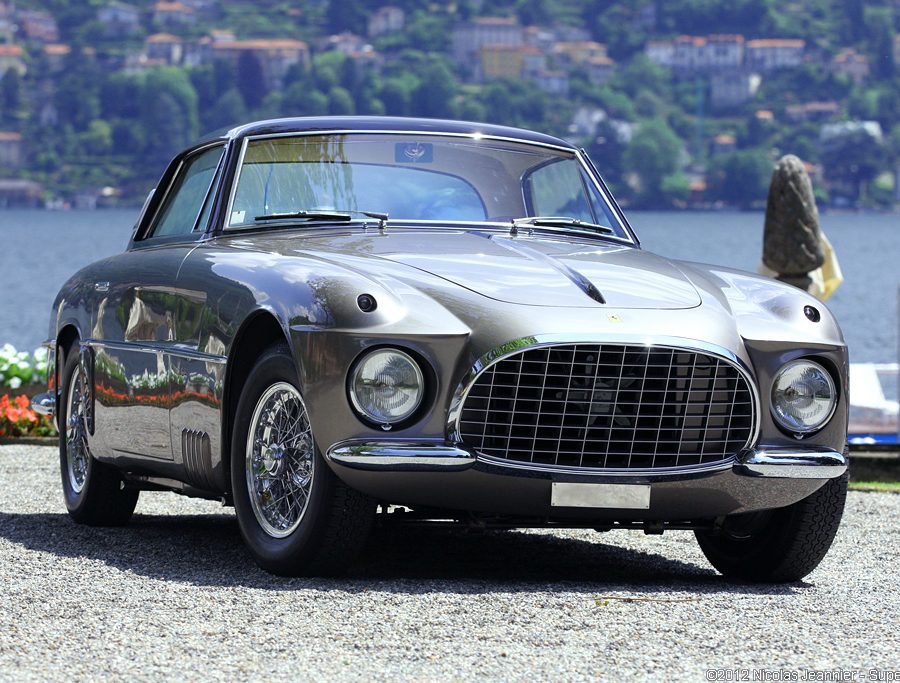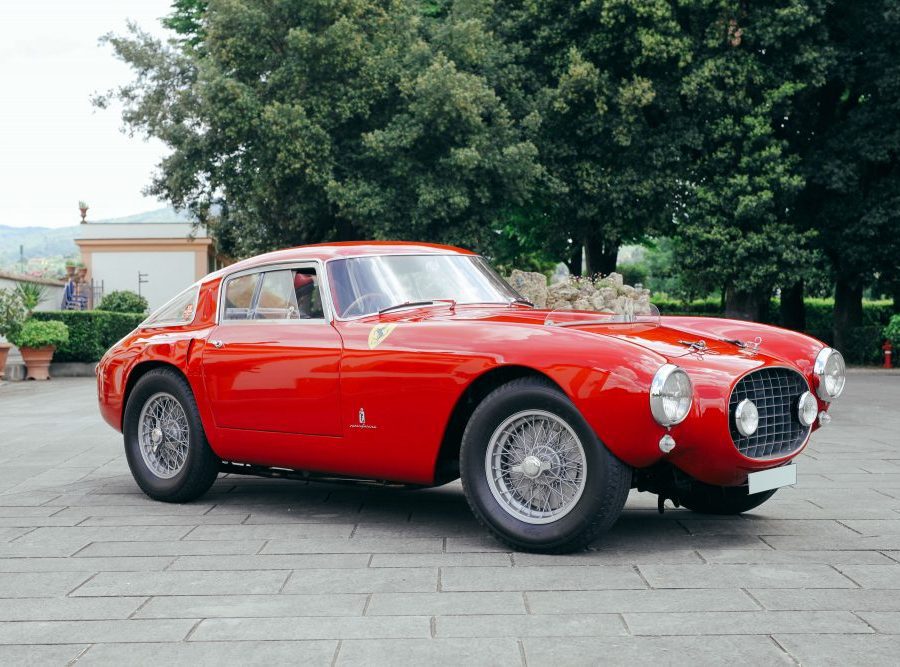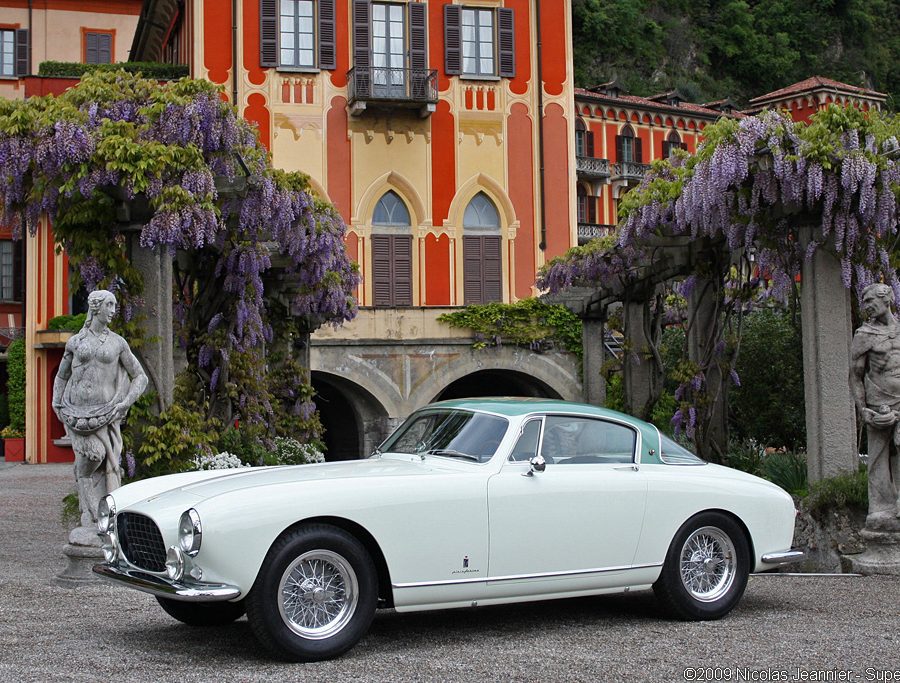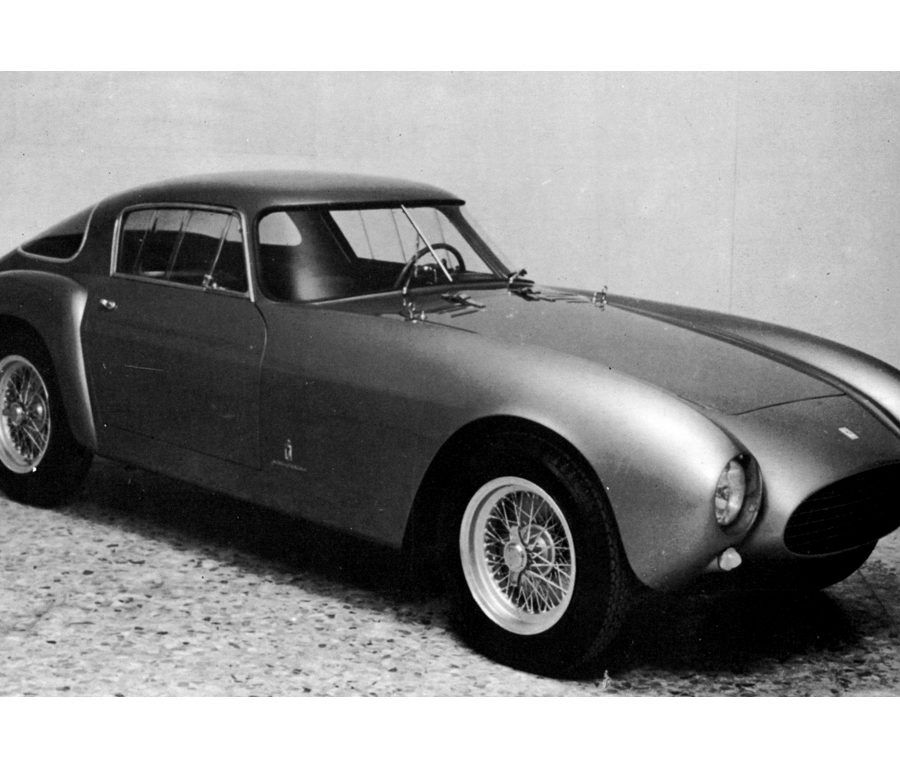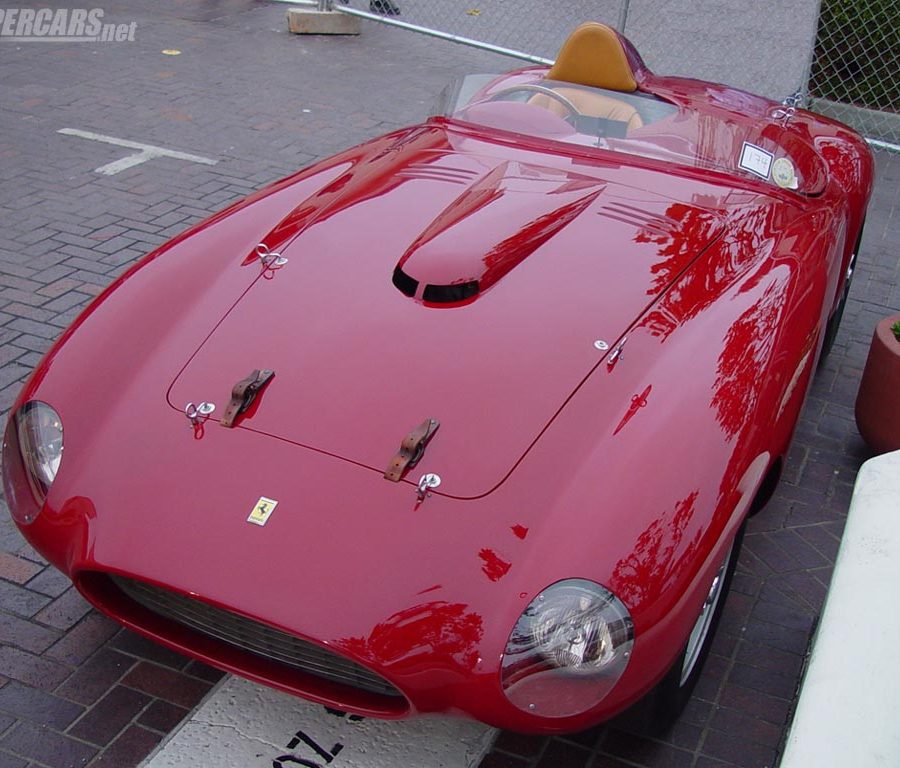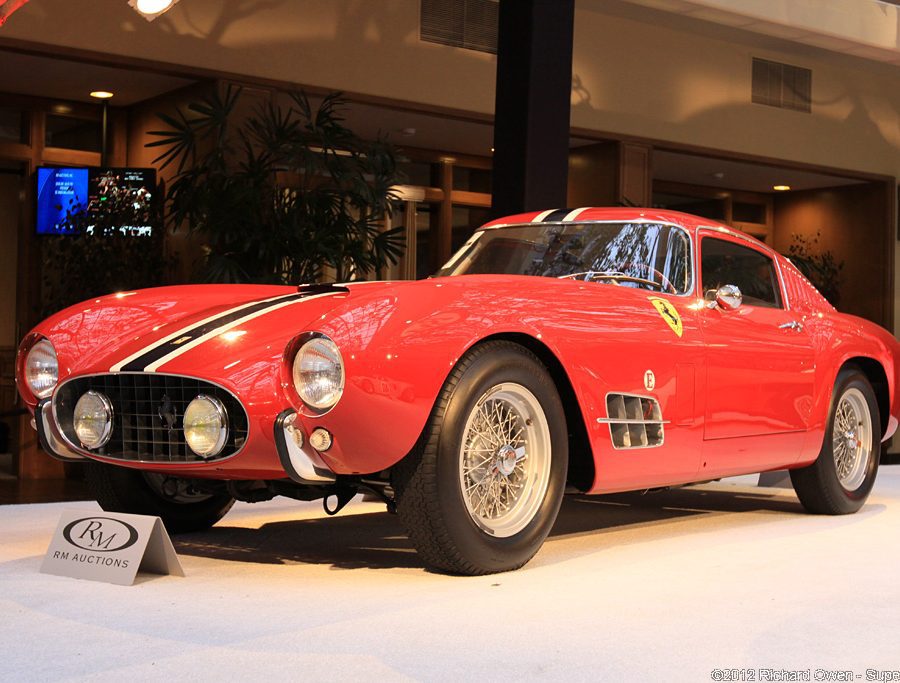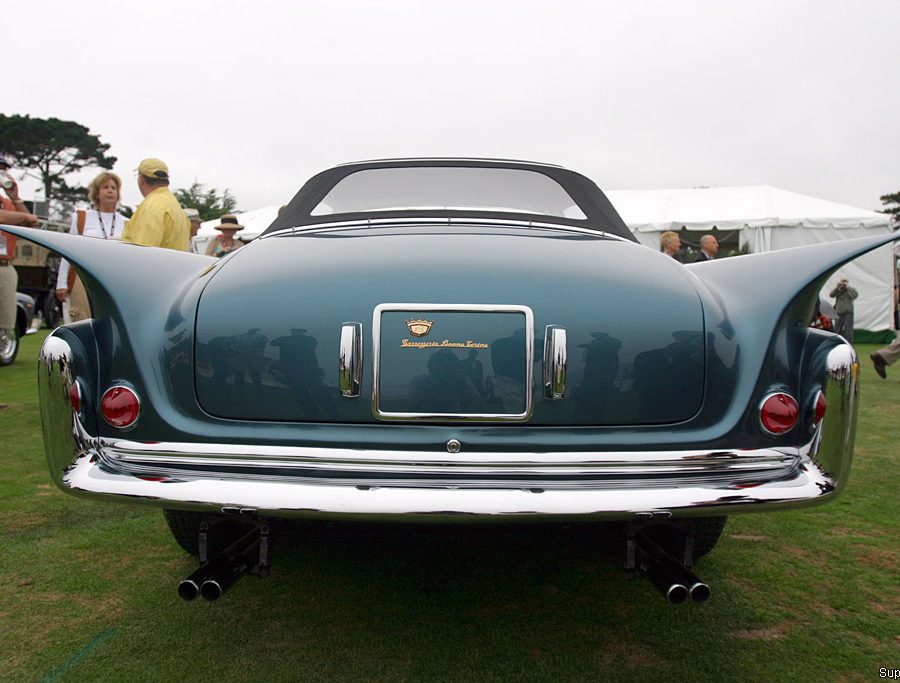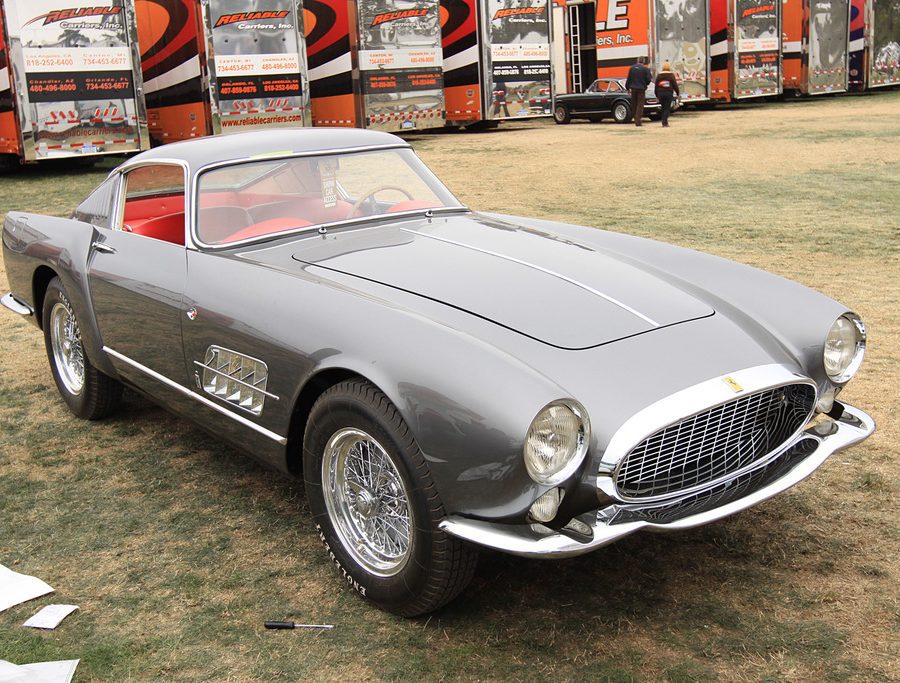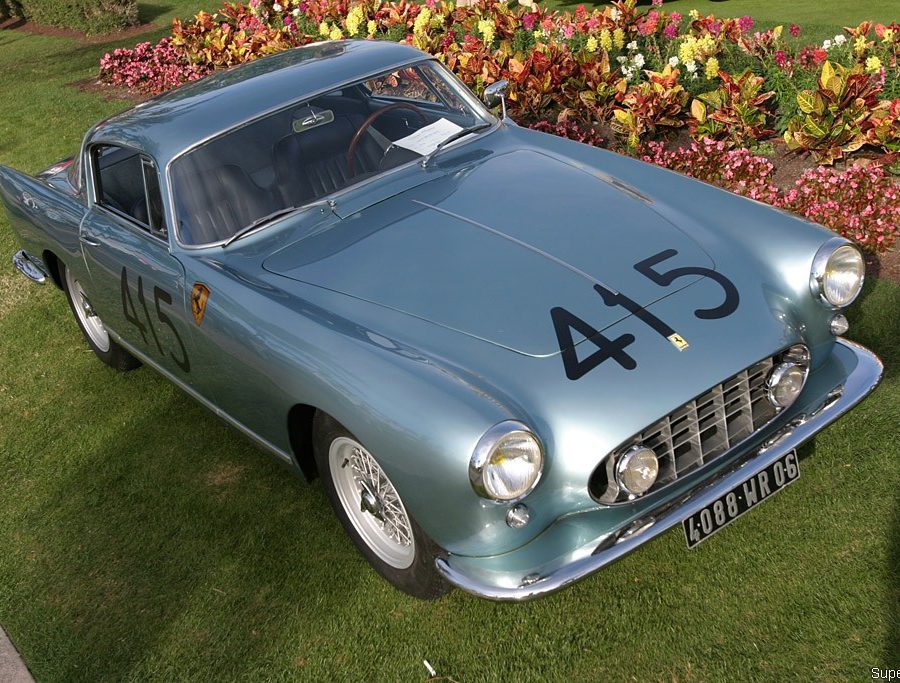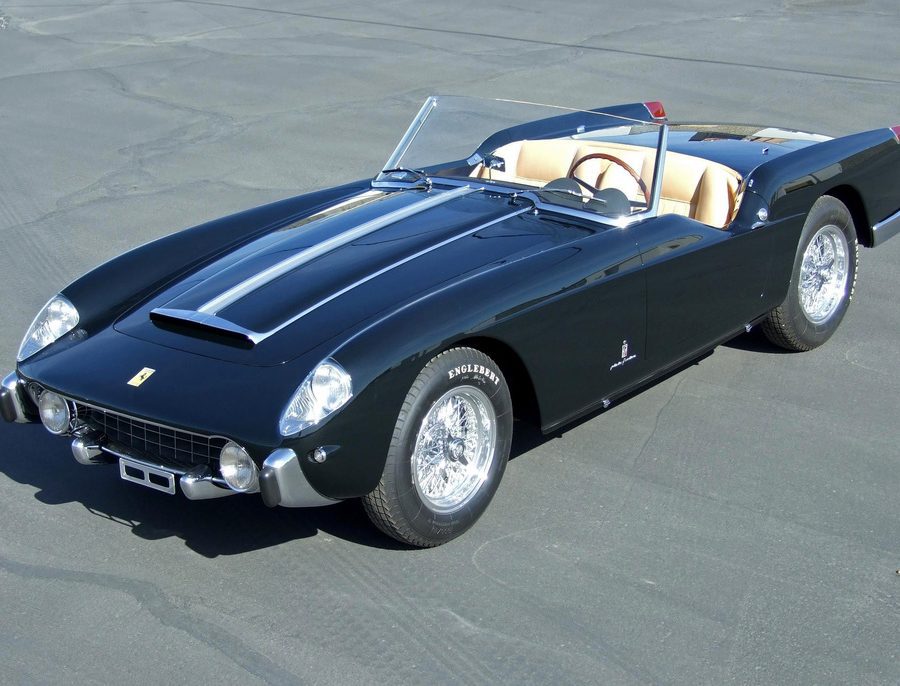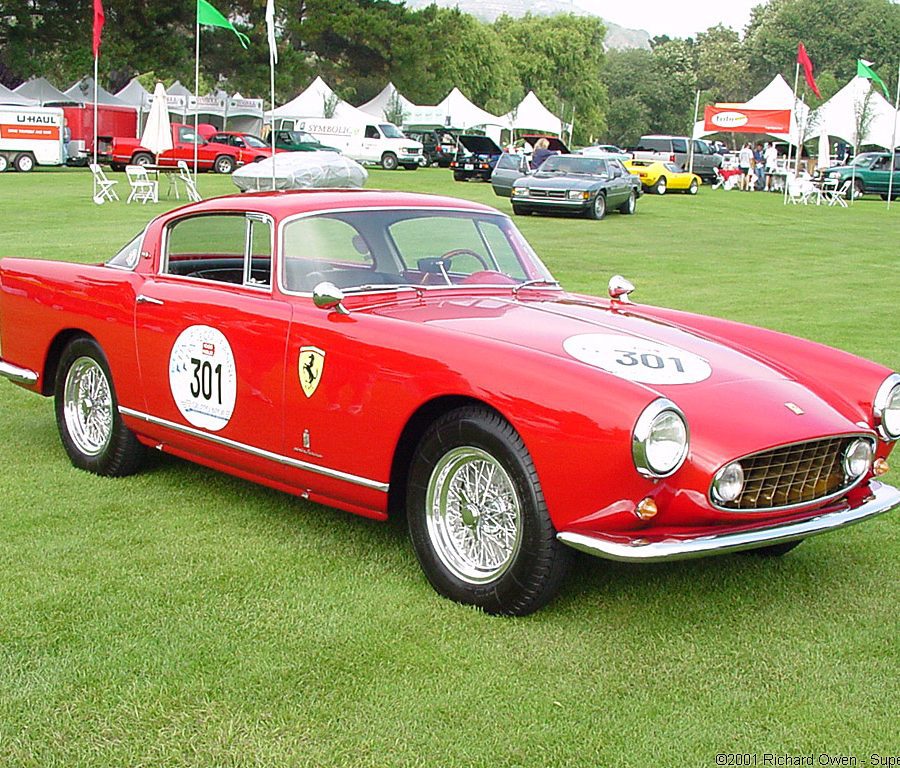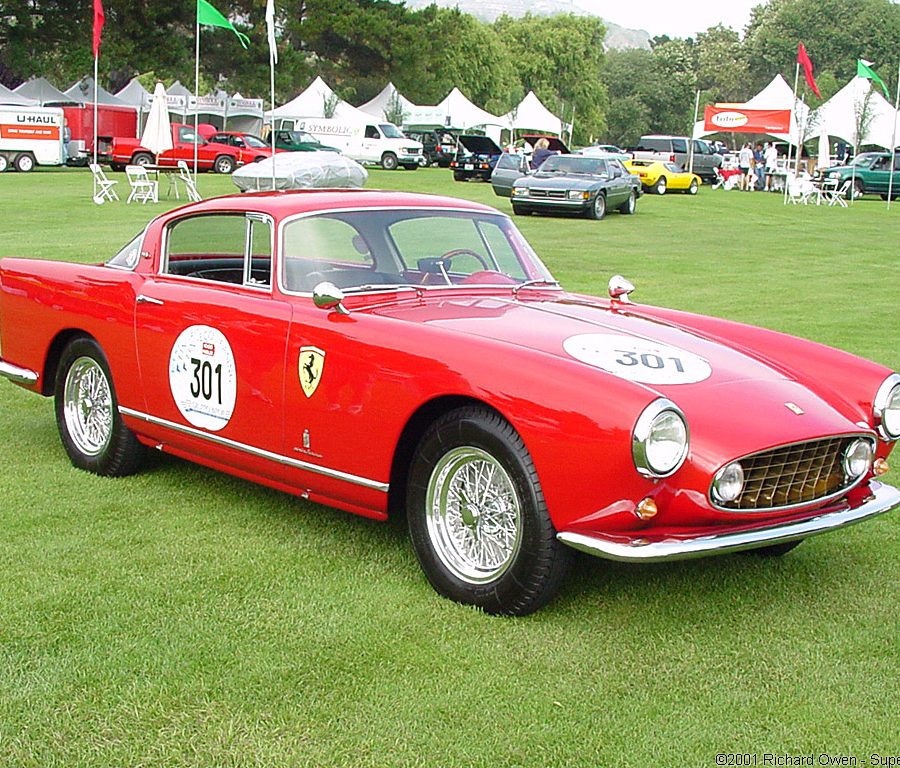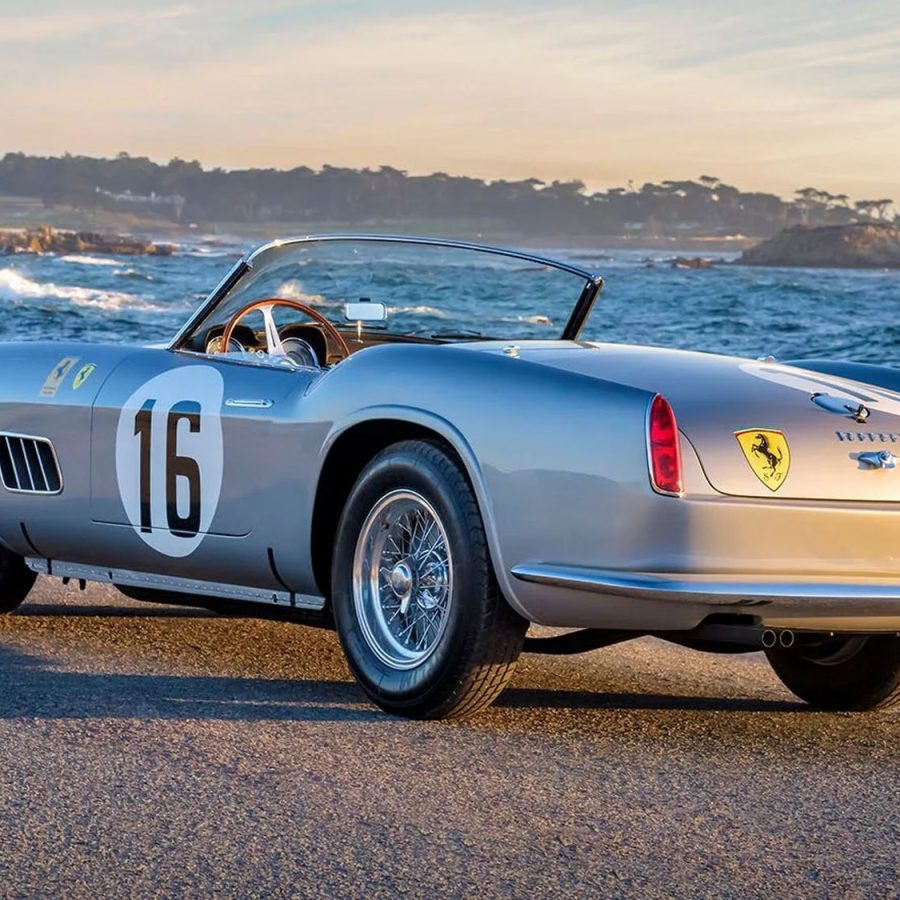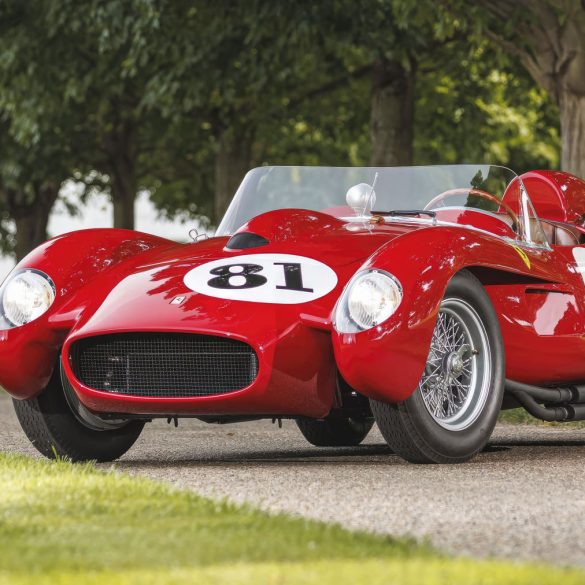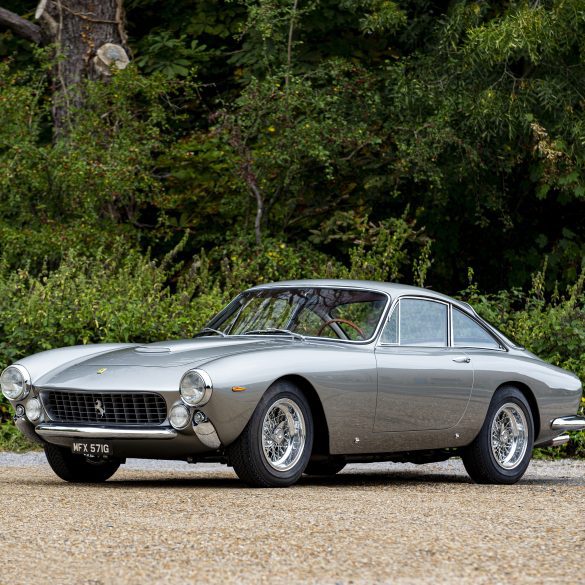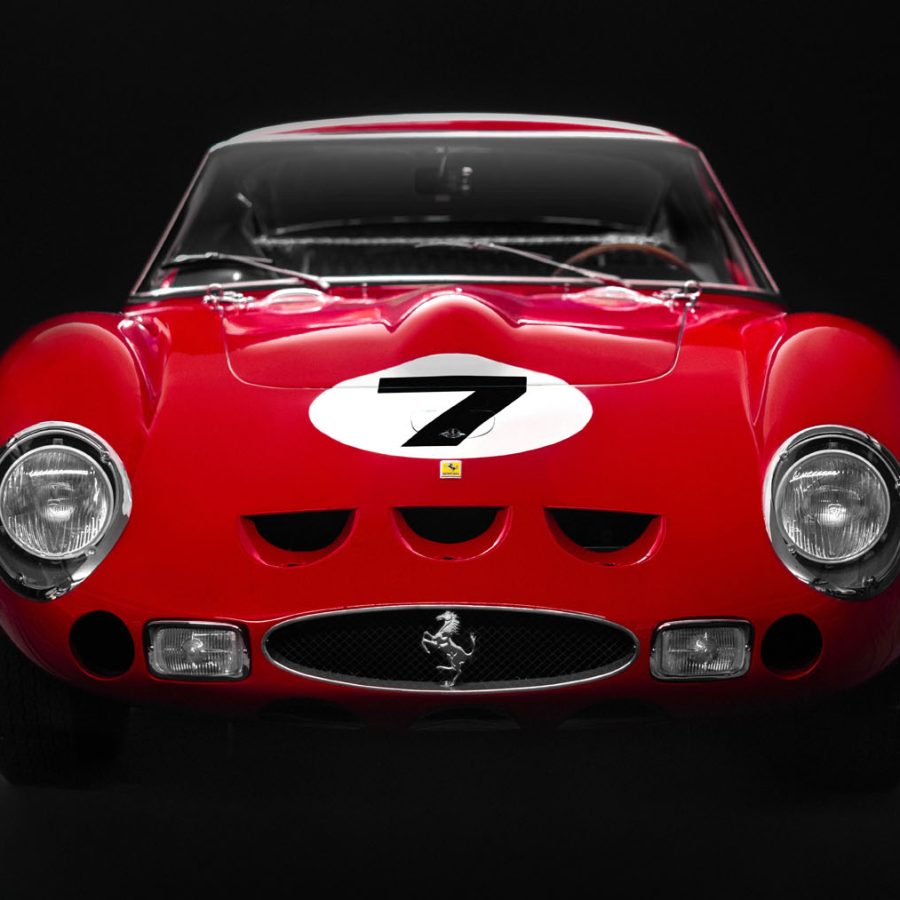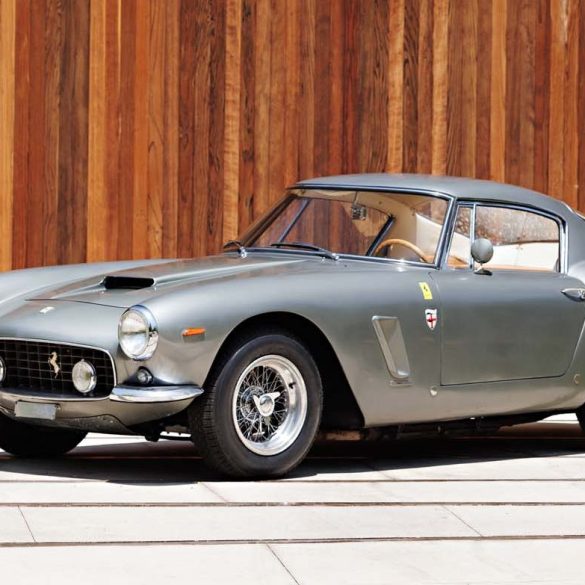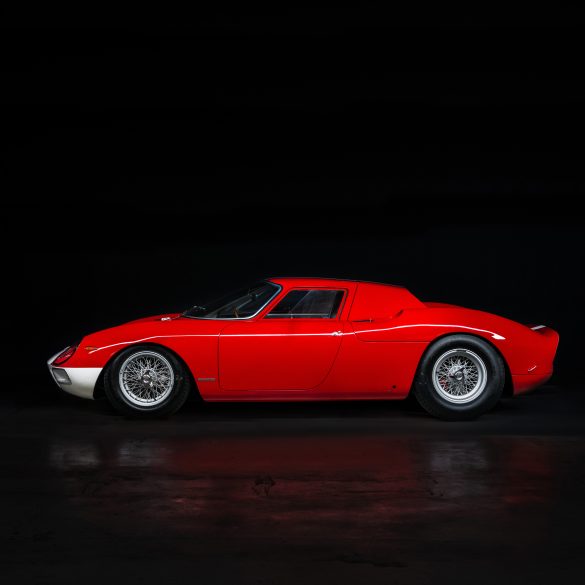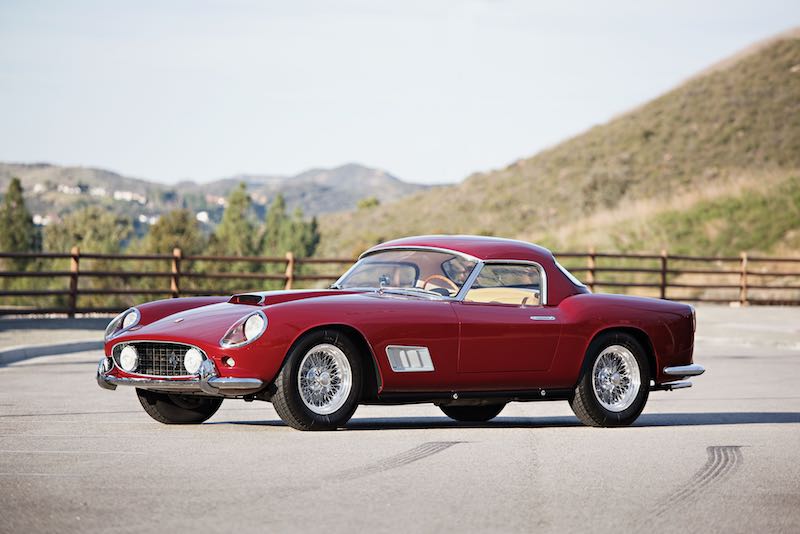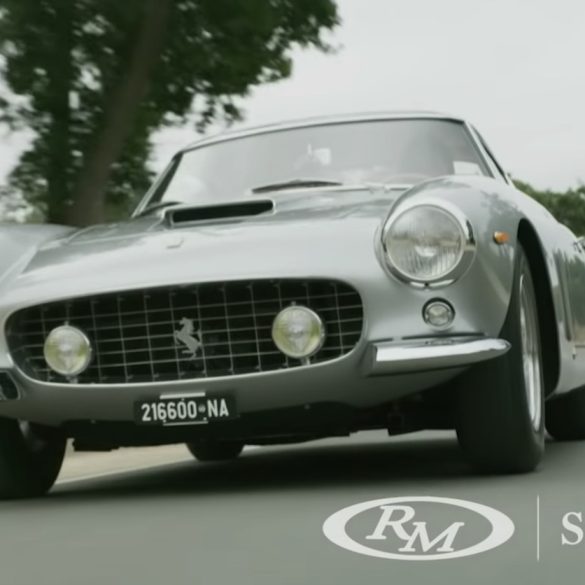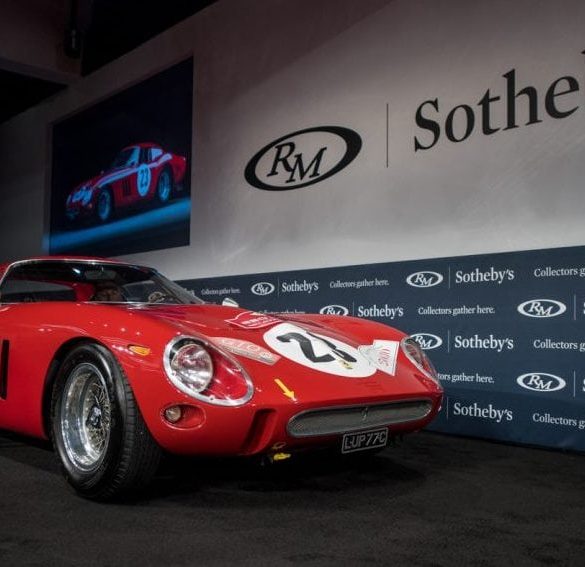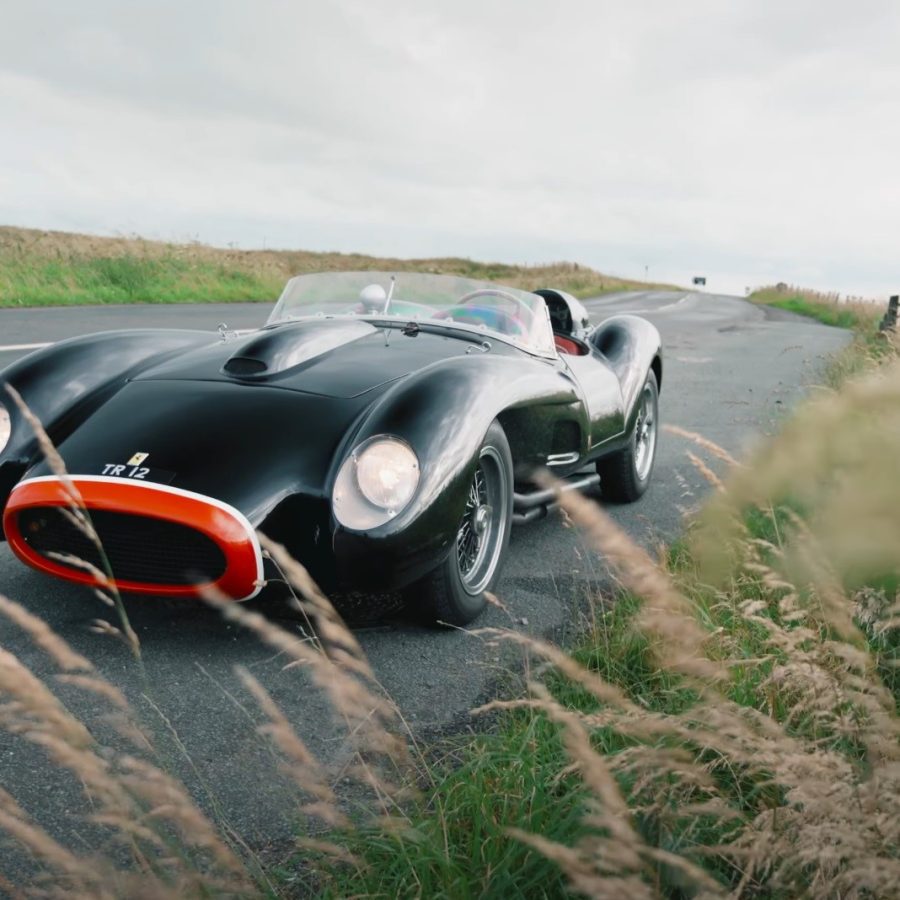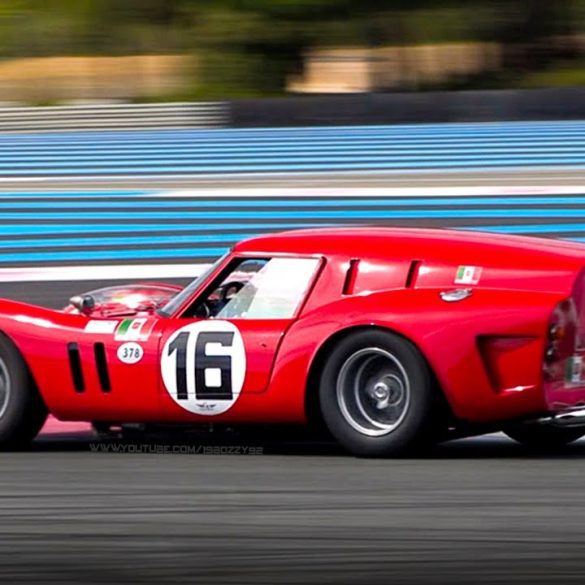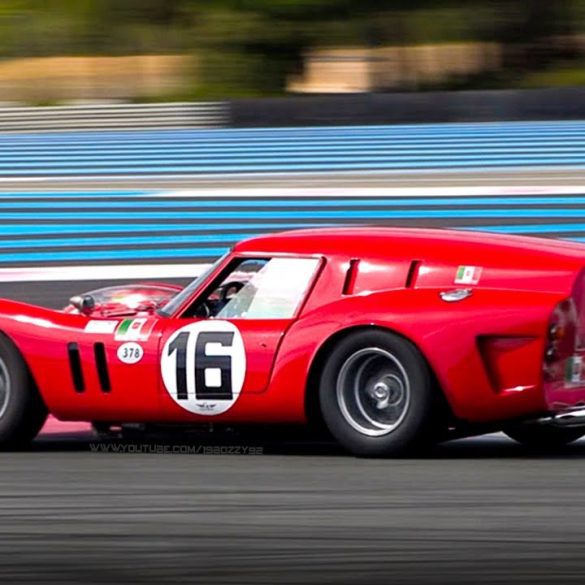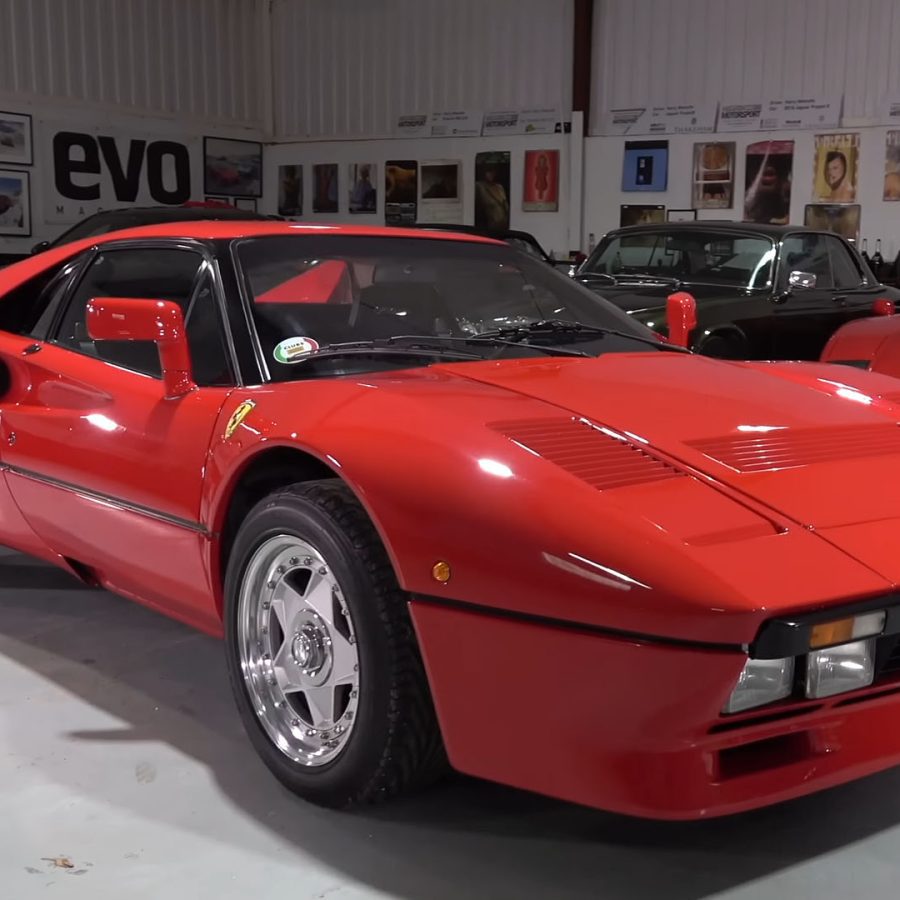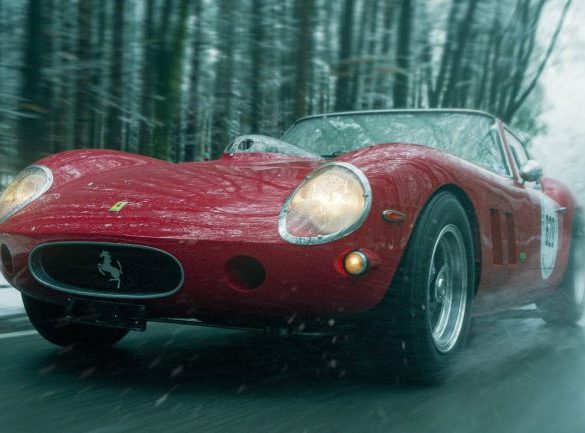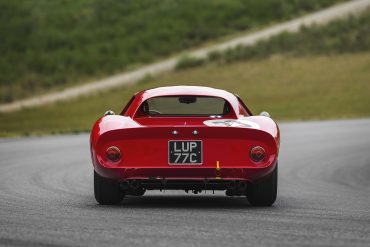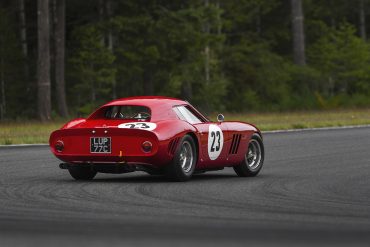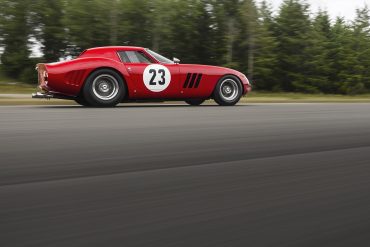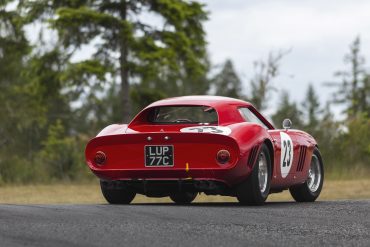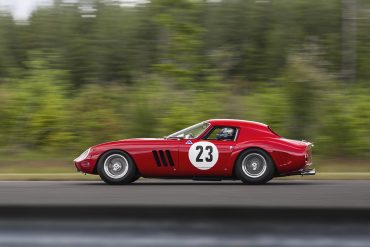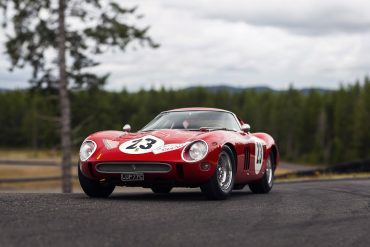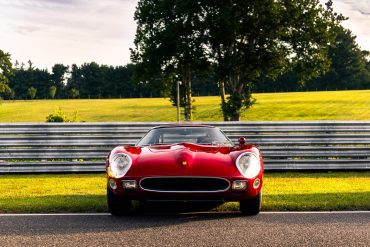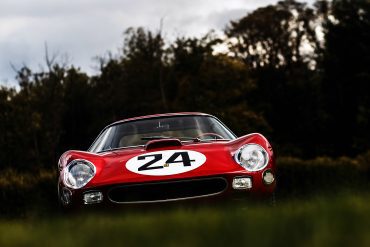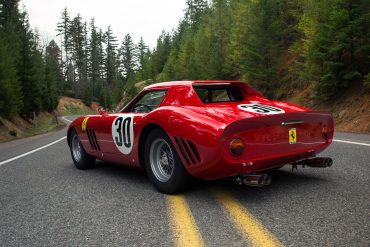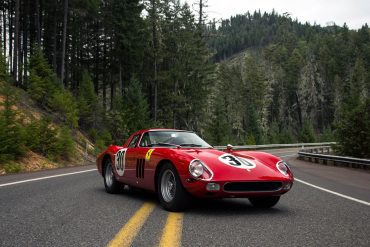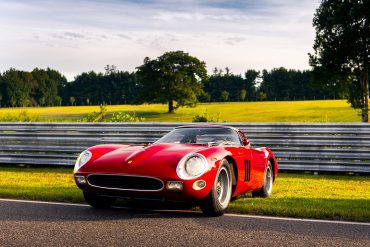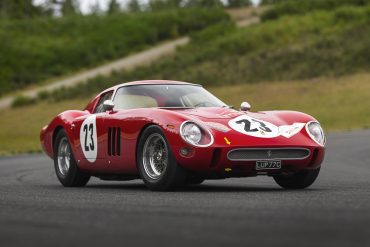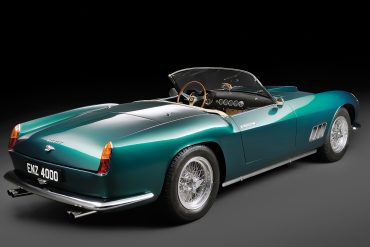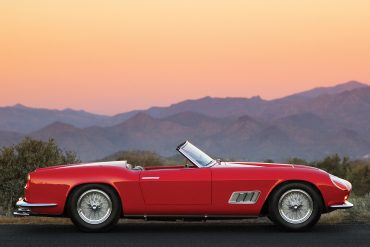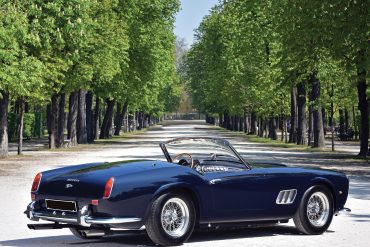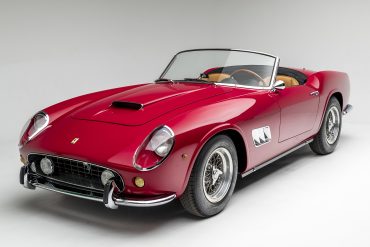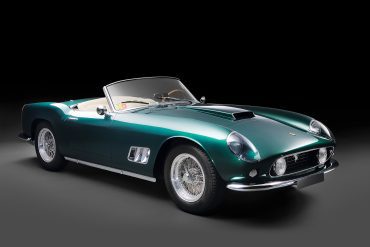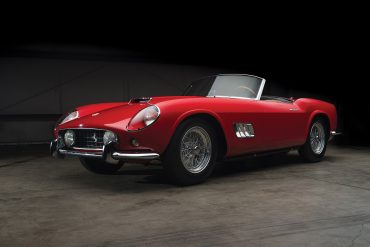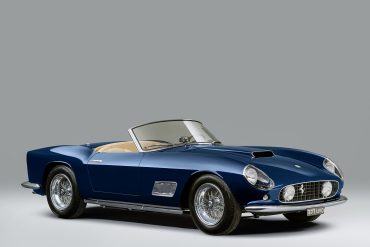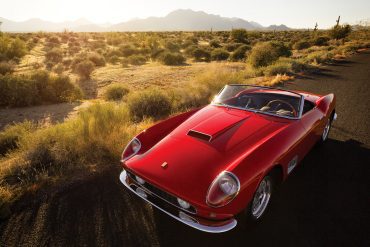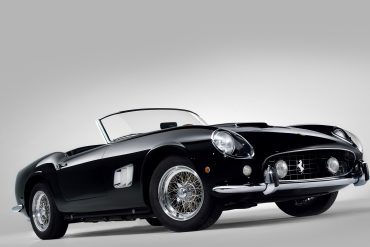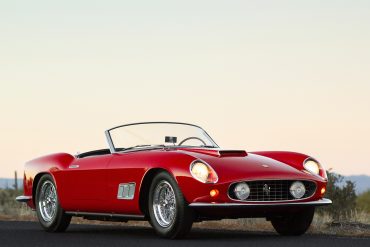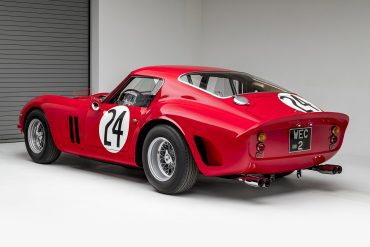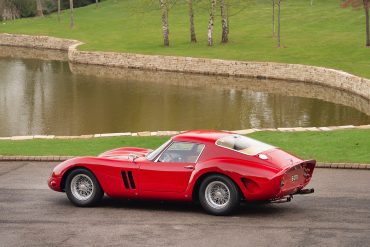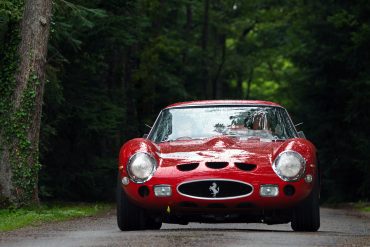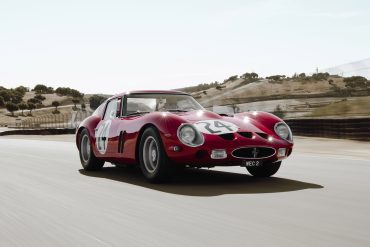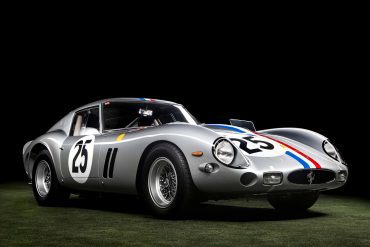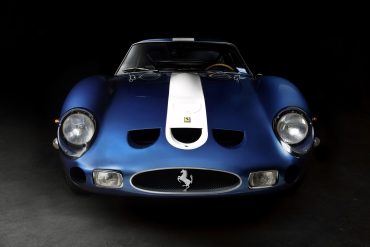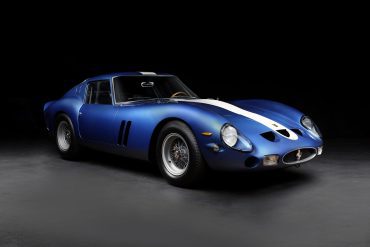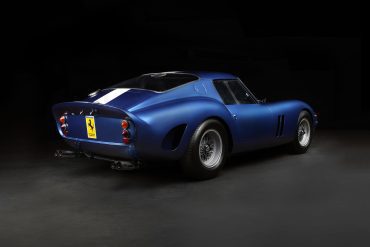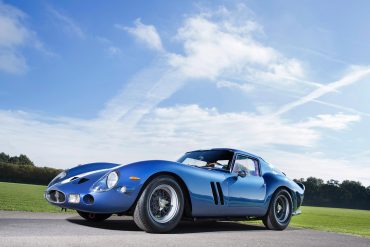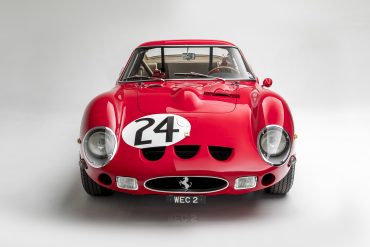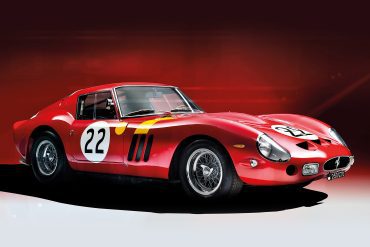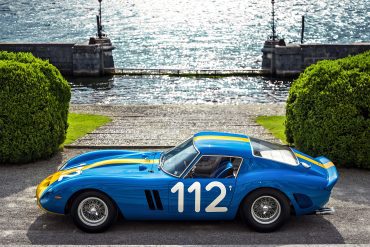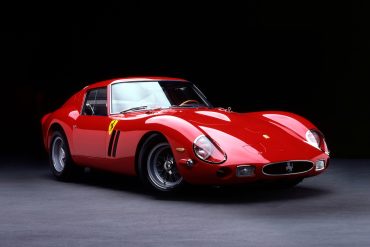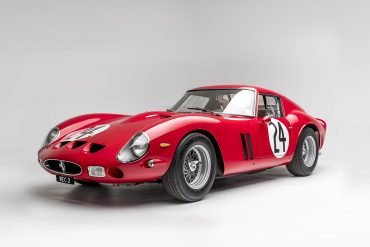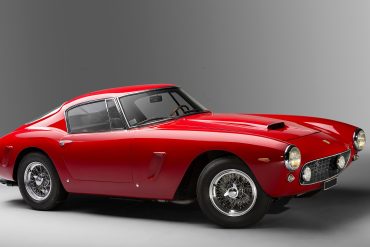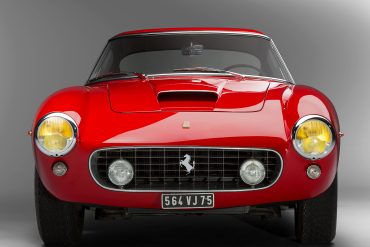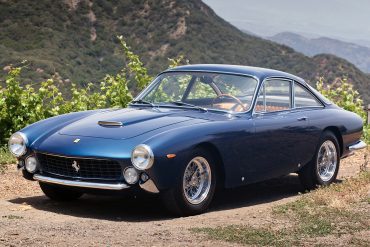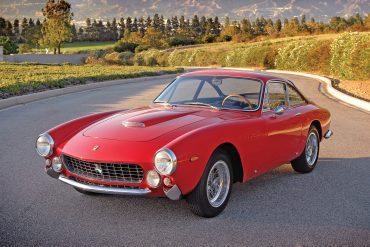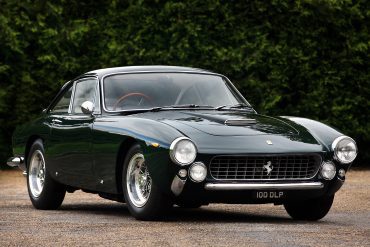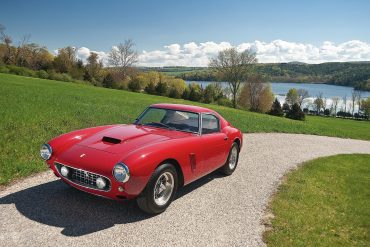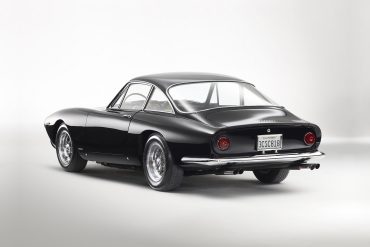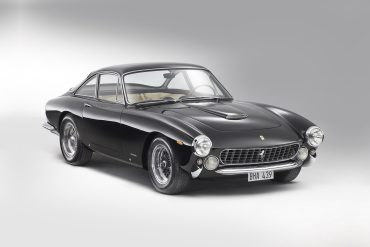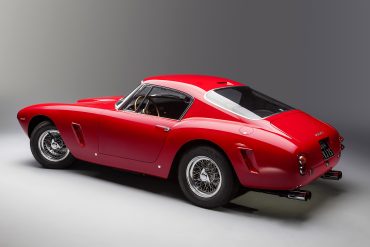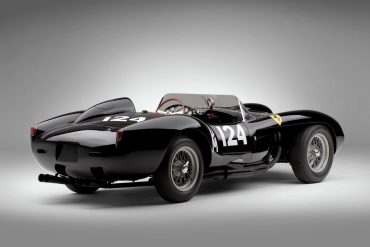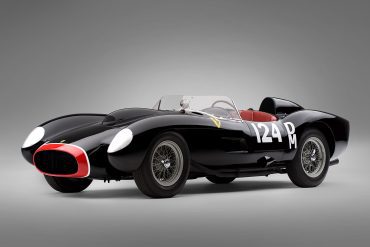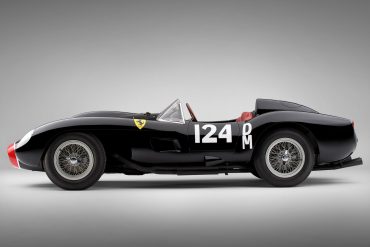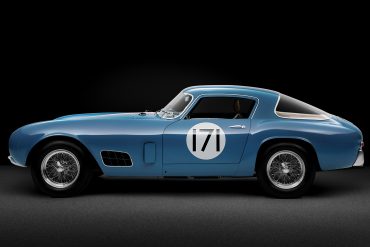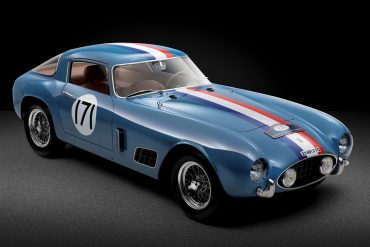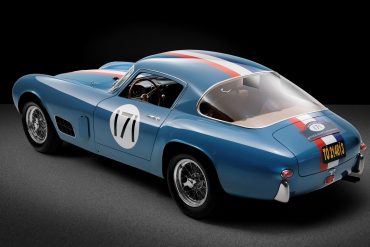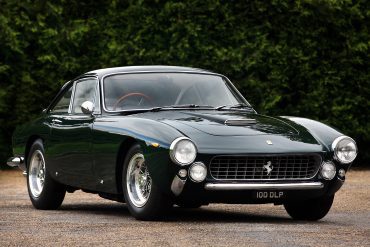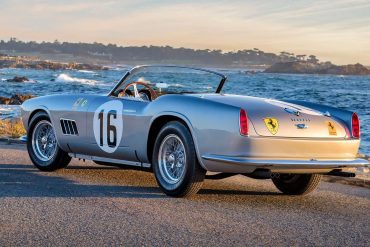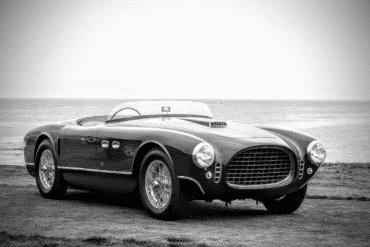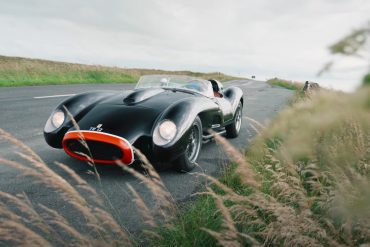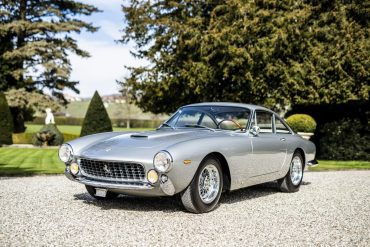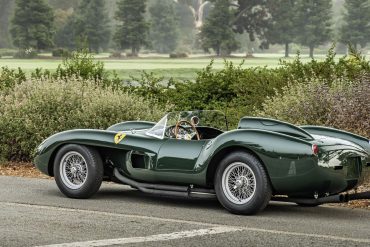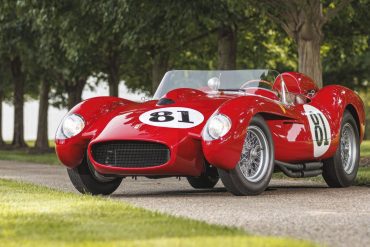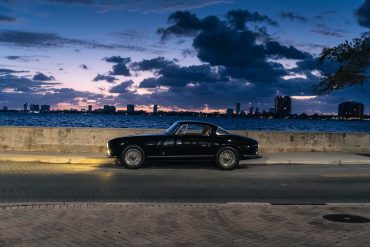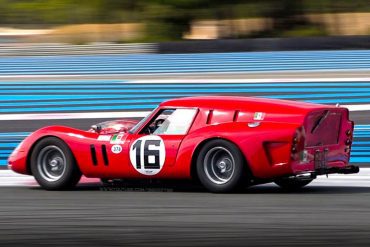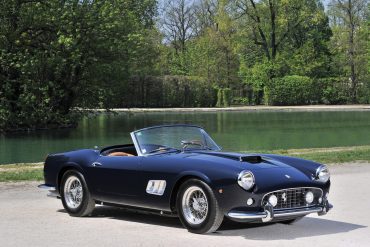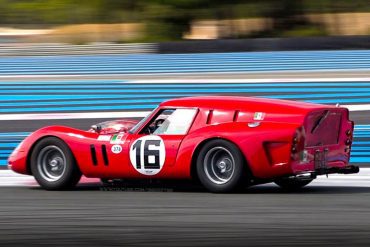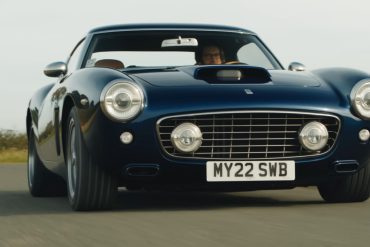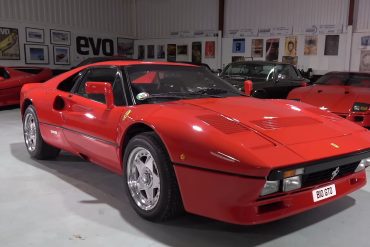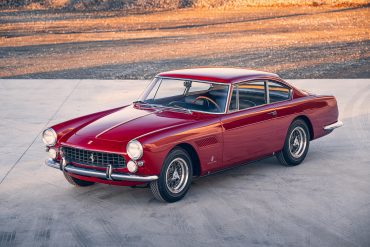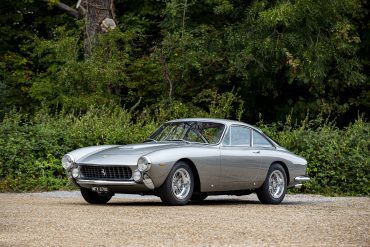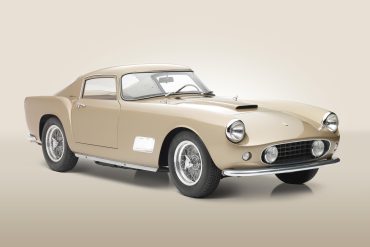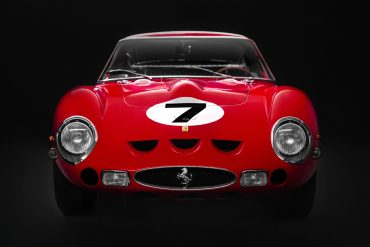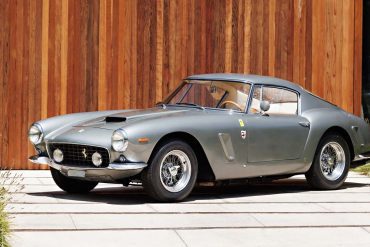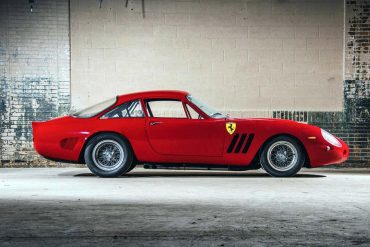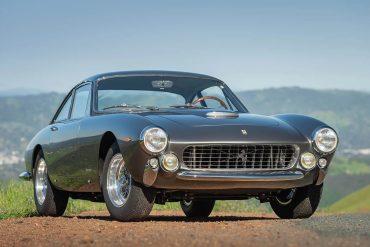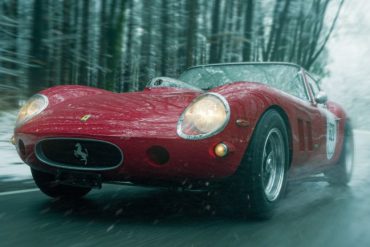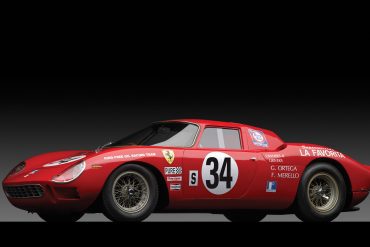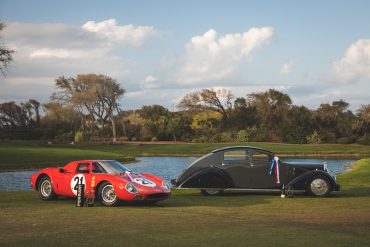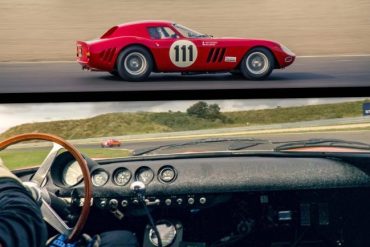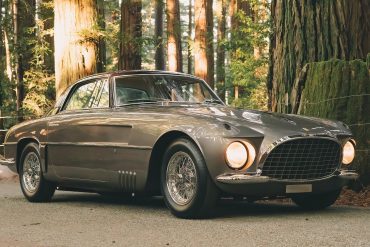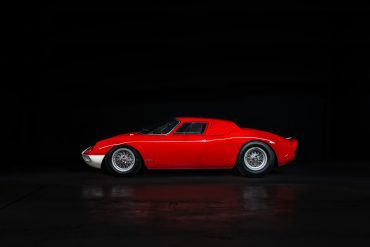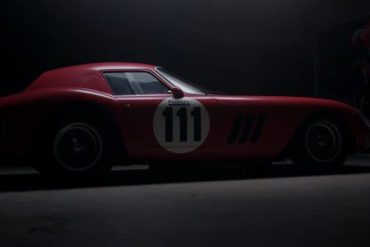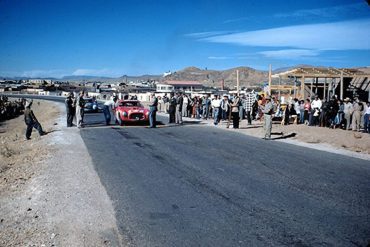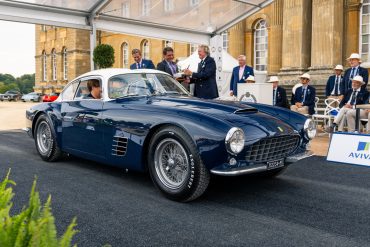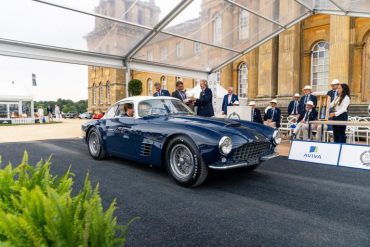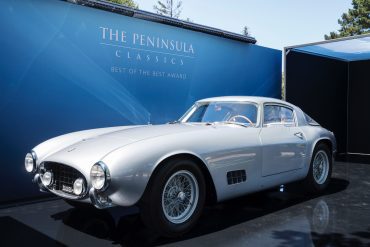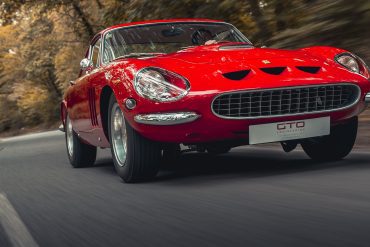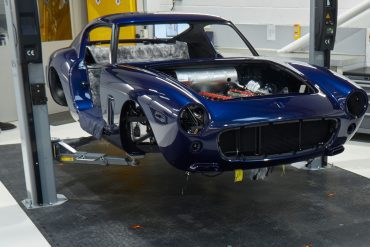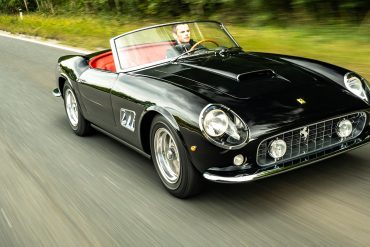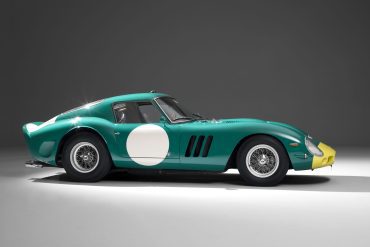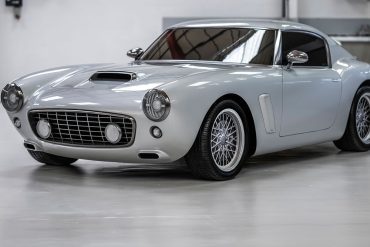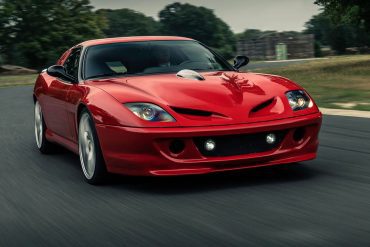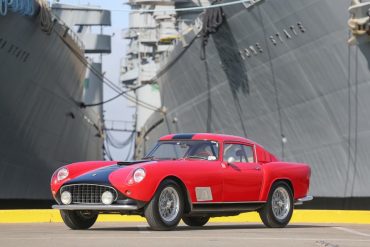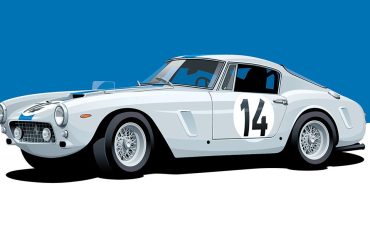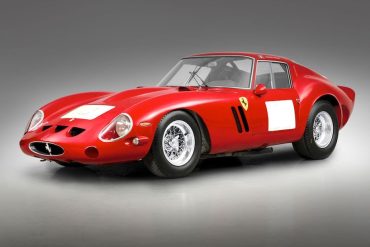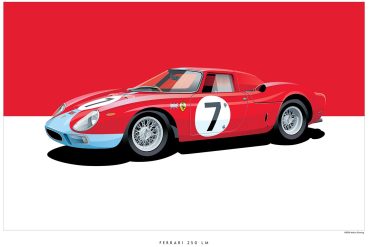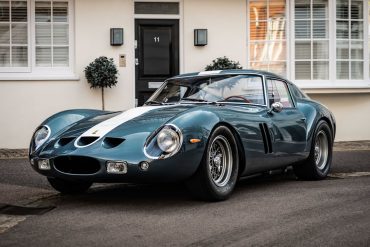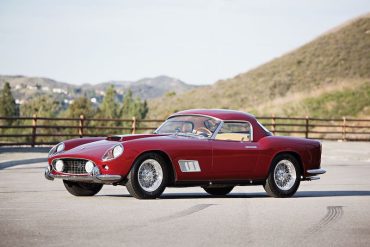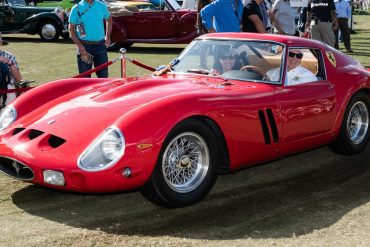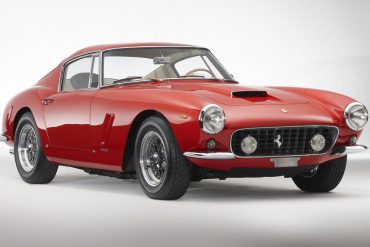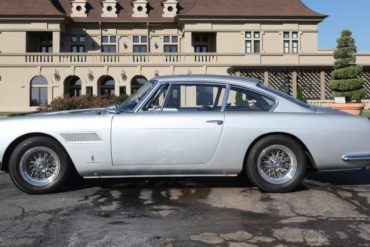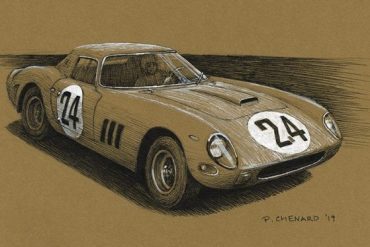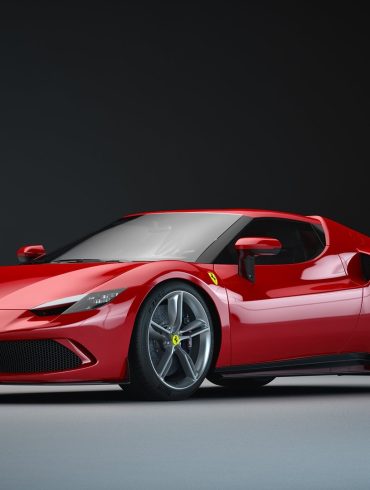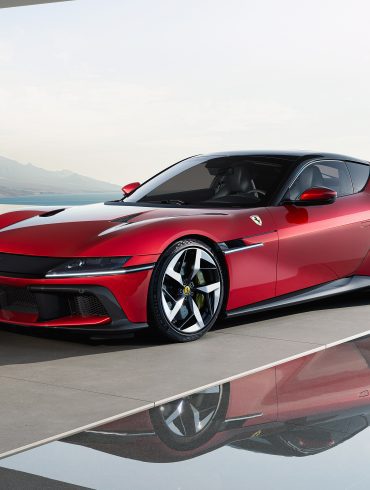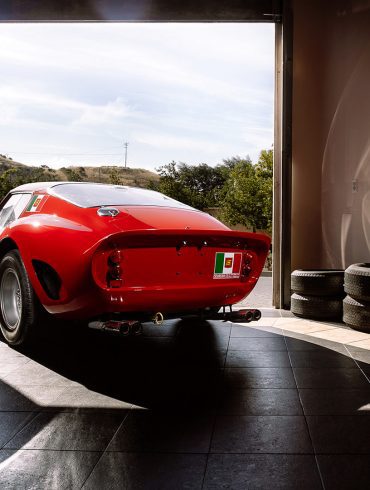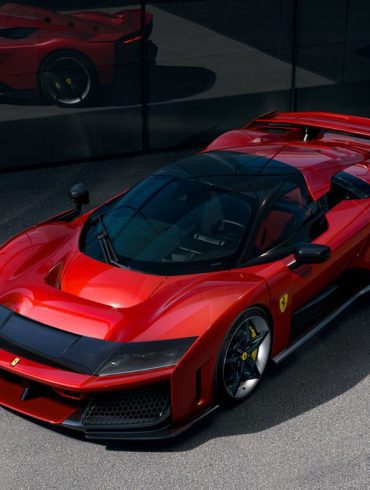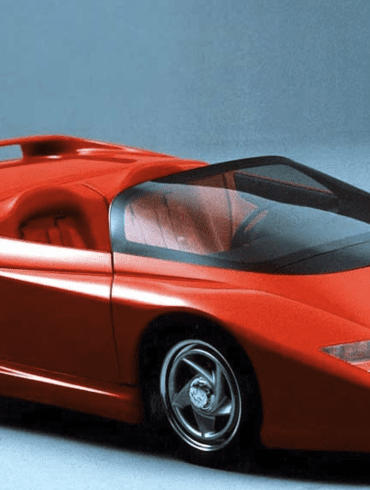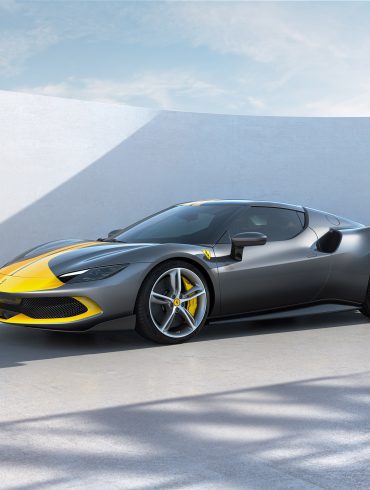Ferrari 250
The Ultimate Guide
Few names in automotive history evoke as much reverence as the Ferrari 250 series. A cornerstone of Ferrari’s legacy, the 250 series bridged the gap between track dominance and road-going luxury, producing some of the most celebrated cars of all time. From the racetracks of Le Mans to the scenic coastal roads of California, the 250 series showcased Ferrari’s unmatched ability to combine engineering excellence, breathtaking design, and unparalleled exclusivity. In this ultimate guide, we delve deep into the story of the Ferrari 250 series, exploring its legendary race cars, iconic road-going models, and enduring impact on automotive culture.
Overview / Featured Stories / Variants / Models In-Depth / The Market / Videos / Images / More Updates
The Ferrari 250: A Legacy of Racing Excellence and Timeless Elegance
The Ferrari 250 series stands as a monumental chapter in automotive history, embodying the perfect blend of engineering prowess, aesthetic beauty, and racing dominance.
Produced from the early 1950s to the mid-1960s, the 250 series includes some of the most iconic sports and racing cars ever made. This series not only solidified Ferrari's reputation as a premier manufacturer of high-performance vehicles but also left an indelible mark on motorsport and car design.
What Makes the Ferrari 250 Series Special
At the heart of the Ferrari 250 series lies the legendary 3.0-liter Colombo V12 engine, designed by Gioachino Colombo. This engine became the cornerstone of the series, renowned for its versatility, power, and reliability. Its relatively small displacement allowed for a lightweight design, which, combined with high-revving capabilities, delivered exceptional performance both on the track and the road.
The 250 series showcased Ferrari's commitment to innovation and craftsmanship. Collaborations with renowned coachbuilders like Pinin Farina, Scaglietti, and Bertone resulted in vehicles that were not only aerodynamic but also aesthetically stunning. The use of lightweight materials, tubular steel chassis, and advanced suspension systems contributed to the cars' superior handling and speed.
One of the defining characteristics of the 250 series was its ability to serve as both a competitive race car and a luxurious road car. This dual-purpose functionality appealed to a clientele that desired high-performance vehicles suitable for everyday driving and capable of winning races on the weekend.
Iconic Racing Models
Ferrari 250 S (1952)
The 250 S marked the genesis of the 250 series. Debuting at the 1952 Mille Miglia, it secured a remarkable victory, driven by Giovanni Bracco and Alfonso Rolfo. The success of the 250 S established the viability of the 3.0-liter V12 in competitive racing and set the stage for future models.
Ferrari 250 MM (1953)
Named after the Mille Miglia, the 250 MM was designed for endurance racing. With enhanced aerodynamics and improved chassis dynamics, it performed admirably in events like the Giro di Sicilia and the Targa Florio. The 250 MM solidified Ferrari's dominance in sports car racing during the early 1950s.
Ferrari 250 Testa Rossa (1957–1961)
Perhaps one of the most celebrated racing Ferraris, the 250 Testa Rossa featured the distinctive red-painted cam covers that inspired its name ("Testa Rossa" meaning "Red Head" in Italian). With its pontoon-fender design by Scaglietti, the car won multiple endurance races, including three victories at the 24 Hours of Le Mans (1958, 1960, 1961). Its combination of reliability and speed made it a formidable competitor.
Ferrari 250 GTO (1962–1964)
The 250 GTO is often regarded as the pinnacle of the 250 series and one of the greatest sports cars ever made. Built to compete in the FIA's Group 3 Grand Touring Car category, the GTO featured a finely tuned V12 engine producing around 300 horsepower. Its aerodynamic design, including the Kamm tail, contributed to its outstanding performance. With only 36 units produced, the 250 GTO became a symbol of exclusivity and success, achieving numerous racing victories and becoming the most valuable car in the world at auctions.
Ferrari 250 LM (1963)
The 250 LM marked Ferrari's shift toward mid-engine layouts for sports racing cars. Although intended to be a GT car, it was classified as a prototype due to production numbers. The 250 LM secured Ferrari's last overall victory at the 24 Hours of Le Mans in 1965, driven by Jochen Rindt and Masten Gregory.
Iconic Road Models
Ferrari 250 Europa GT (1954)
The 250 Europa GT was the first true road car of the 250 series. It featured a detuned version of the Colombo V12 and was clothed in elegant bodywork by Pinin Farina. The Europa GT set the standard for future Ferrari grand tourers, combining performance with comfort.
Ferrari 250 GT Berlinetta "Tour de France" (1956)
Nicknamed after its multiple victories in the Tour de France Automobile race, this model blended racing capabilities with road-going practicality. Its lightweight body and improved aerodynamics made it a favorite among privateer racers.
Ferrari 250 GT California Spyder (1957)
Designed for the American market, the California Spyder was a collaboration with Luigi Chinetti, Ferrari's U.S. distributor. Available in both long-wheelbase (LWB) and short-wheelbase (SWB) versions, it combined open-top motoring with Ferrari performance. Its timeless design and rarity make it one of the most sought-after Ferraris.
Ferrari 250 GT Berlinetta SWB (1959)
The Short Wheelbase (SWB) Berlinetta is celebrated for its balanced handling and versatility. It was equally at home on the racetrack and the open road. With improved braking and a more rigid chassis, it was a significant evolution in the 250 series.
Ferrari 250 GT Lusso (1962)
The 250 GT Lusso was the epitome of luxury and style. It featured a spacious cabin with high-quality materials and a more refined design. While less focused on racing, it still offered impressive performance, making it a favorite among celebrities and enthusiasts alike.
Impact of the Ferrari 250 Series
The 250 series cemented Ferrari's reputation in motorsport, with numerous victories in prestigious races like the 24 Hours of Le Mans, Tour de France Automobile, and Targa Florio. The success of these cars against formidable competitors showcased Ferrari's engineering excellence.
The innovative designs and engineering solutions developed for the 250 series influenced sports car development for years to come. The emphasis on aerodynamics, weight reduction, and engine performance set new industry standards.
The 250 series played a crucial role in establishing Ferrari as a manufacturer of world-class sports and racing cars. The blend of exclusivity, performance, and beauty associated with these models became synonymous with the Ferrari brand.
Collectible Nature
Rarity and Exclusivity
Many models in the 250 series were produced in limited numbers, enhancing their desirability among collectors. For instance, only 36 units of the 250 GTO were made, and the 250 GT California Spyder had a production run of around 106 units.
Record-Breaking Auction Prices
The Ferrari 250 GTO holds the record for the most expensive car ever sold at auction. In 2018, a 1962 250 GTO sold for over $48 million at an RM Sotheby's auction. These astronomical prices reflect the car's rarity, racing pedigree, and iconic status.
Cultural and Historical Significance
Owning a Ferrari 250 series car is not just about possessing a vehicle; it's about holding a piece of automotive history. These cars are featured in museums, prestigious car shows, and have been owned by notable personalities, further enhancing their allure.
Conclusion
The Ferrari 250 series remains a testament to what can be achieved when engineering excellence meets artistic design. From the racetracks of Europe to the open roads of America, these cars left an indelible mark on both motorsport and automotive culture. Their legacy continues to inspire and captivate new generations of enthusiasts and collectors.
The combination of groundbreaking performance, stunning aesthetics, and a rich racing heritage ensures that the Ferrari 250 series will forever be celebrated as a pinnacle of automotive achievement.
Ferrari 250 Basics
Manufacturer: Ferrari
Production: 1952–1964
Designer: Bizzarrini, Scaglietti, Pinin Farina, Vignale, Ghia
Class: Grand Tourer
Body: Berlinetta, cabriolet, coupé
Layout: Front-engine, RWD
Engine: 3.0 L (2953.21 cc) Colombo V12, 3.0 L (2963.45 cc) Lampredi V12 (Europa)
Trans: 4 and 5-speed manuals
Wheelbase: 2,400 mm (SWB), 2,600 mm (LWB)
Predecessor: Ferrari 212 Inter
Successor: Ferrari 275
Did You Know?
The 250 platform wasn't just one car. It was a whole family of sports cars and grand tourers with different body styles, including coupes, convertibles, and even shooting brakes!
The 250 GTO earned the nickname "Il Mostro" (The Monster) during its early testing. This wasn't for its looks, but because its prototype bodywork was a bit rough around the edges
The 250 Testa Rossa was a racing legend, winning the 24 Hours of Le Mans three times in a row (1958, 1960, and 1961). It also snagged victories at Sebring and Buenos Aires, solidifying its place in motorsport history.
The Ferrari 250 GTO is not a car. It's a religion.
Anonymous
Ferrari 250 Models & Variants
The Ferrari 250 series, produced from 1952 to 1964, is arguably the most diverse and significant family of cars in Ferrari's history. It wasn't just one car, but a whole range of models, each with its own distinct personality and purpose. Unlike many later Ferrari models that followed a more standardized approach, the 250 series was born in an era of experimentation and bespoke craftsmanship. Ferrari was still a relatively young company, and Enzo Ferrari himself was deeply involved in the development of each model.
The Ferrari 250 Race Cars
Typical of Ferrari, the Colombo V12 made its debut on the race track, with the racing 250s preceding the street cars by three years.
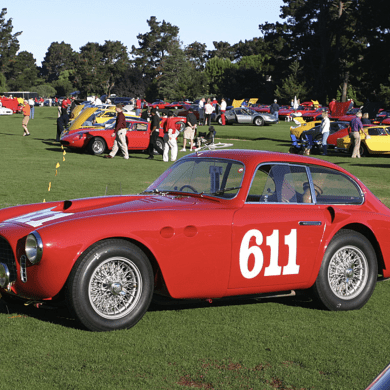
Ferrari 250 S
Type: Race Car
Years: 1952
Production: 1 unit
Engine: 3.0 L Colombo V12
Power: 230 bhp
The Ferrari 250 S, also known as the 250 Sport, was a groundbreaking race car introduced in 1952, marking the first appearance of Ferrari's legendary 250 series. Powered by a 3.0-liter Colombo V12 engine producing around 230 horsepower, the 250 S was designed to compete in endurance events. Its debut at the 1952 Mille Miglia proved its capabilities, where Giovanni Bracco and co-driver Alfonso Rolfo clinched a remarkable victory, cementing Ferrari’s reputation in international racing. Learn more.
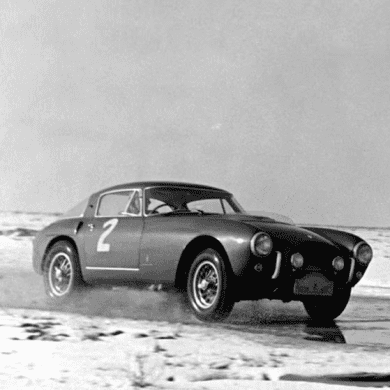
Ferrari 250 MM
Type: Race Car
Years: 1952 - 1954
Production: 31 units
Engine: 3.0 L Colombo V12
Power: 240 hp
The Ferrari 250 MM (Mille Miglia) was a pivotal evolution in Ferrari's early racing lineage, inspired by the success of its predecessor, the 250 S, at the 1952 Mille Miglia. Powered by a 3.0-liter Colombo V12 engine delivering 240 horsepower, the 250 MM combined performance and endurance, making it a formidable competitor in events like the Mille Miglia, Giro di Sicilia, and Targa Florio. With just 31 units produced, the 250 MM was a bespoke race car that could double as a road-going grand tourer. Learn more.
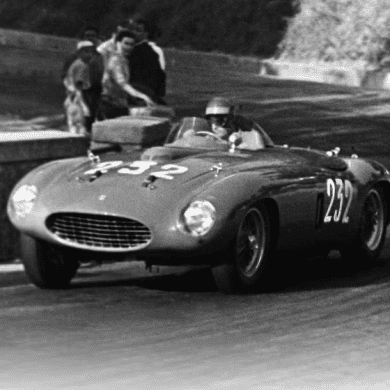
Ferrari 250 Monza
Type: Race Car
Years: 1954
Production: 4 units
Engine: 3.0 L Tipo 107 Colombo V12
Power: 250 hp
The Ferrari 250 Monza, introduced in 1954, was a rare and experimental race car that combined elements of Ferrari's 250 and 750 Monza series. Featuring a 3.0-liter Colombo V12 engine producing approximately 250 horsepower, the 250 Monza was designed as a lightweight sports racer with a focus on agility and speed. It stands as an intriguing chapter in Ferrari's development of V12-powered sports cars, bridging the gap between earlier racing models and the legendary 250 GT series. Learn more.
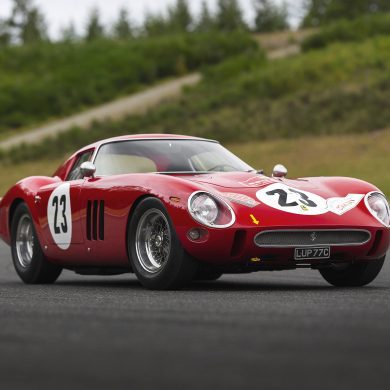
Ferrari 250 Testa Rossa
Type: Race Car
Years: 1957 - 1961
Production: N/A units
Engine: 3.0 L - 4.0 L Colombo V12s
Power: 300 hp (TR) - 390hp (TRI/LM)
The Ferrari Testa Rossa series, produced between 1957 and 1961, represents one of the most successful and iconic eras in Ferrari’s racing history. Known for their distinctive red-painted cam covers that inspired the "Testa Rossa" (Red Head) name, these cars were powered by various iterations of Ferrari’s Colombo V12 engine, ranging from 3.0 to 4.0 liters. The initial 250 Testa Rossa of 1957, featured a lightweight tubular steel chassis and an innovative pontoon-fender body designed by Scaglietti. The 250 TR was subject to continual iteration and refinement from 1957 to 1961. Learn more.
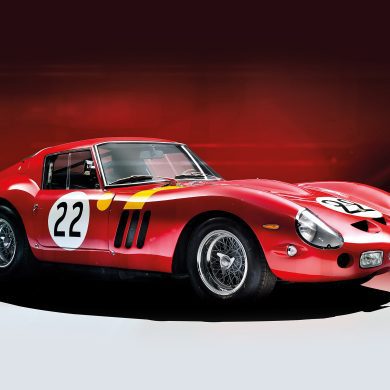
Ferrari 250 GTO
Type: Race Car
Years: 1962 - 1964
Production: 36 units
Engine: 3.0 L Tipo 168 Comp/62 V12
Power: 296 hp
The Ferrari 250 GTO, produced between 1962 and 1964, is often hailed as the pinnacle of Ferrari’s 250 series and one of the most iconic race cars in automotive history. Built to compete in the FIA’s Group 3 Grand Touring Car category, the 250 GTO was powered by a 3.0-liter Colombo V12 engine producing approximately 300 horsepower. The GTO achieved dominance on the track, securing victories at the 24 Hours of Le Mans, Tour de France Automobile, and 12 Hours of Sebring. With only 36 examples produced (plus three later 1964 "Series II" models), the 250 GTO remains the GOAT. Learn more.
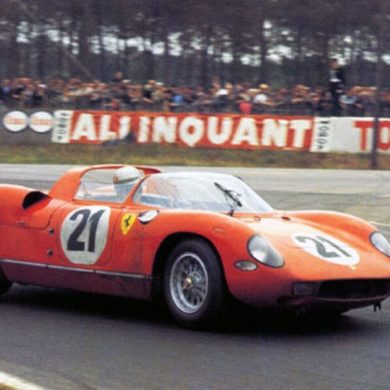
Ferrari 250 P
Type: Race Car
Years: 1963
Production: 4 units
Engine: 3.0 L Colombo V12
Power: 310 hp
Ferrari produced the 250 P in 1963 in response to the FIA introducing a prototype class for the upcoming season of the World Sportscar Championship. The 250 P was an open cockpit mid-engined rear wheel drive design. It achieved immediate success, winning the 1963 24 Hours of Le Mans, 12 Hours of Sebring, 1000 km Nürburgring, and Canadian Grand Prix. Ferrari produced four 250 P chassis and one development mule based on a Ferrari 246 SP chassis. All 250 P chassis were converted to 275 P or 330 P specification following the 1963 racing season. Learn more.
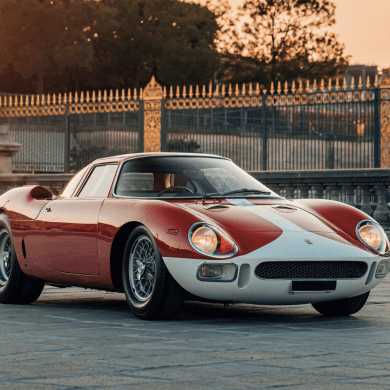
Ferrari 250 LM
Type: Race Car
Years: 1963 -1965
Production: 32 units
Engine: 3.3 L Colombo V12
Power: 320 hp
The Ferrari 250 LM (Le Mans), introduced in 1963, was a revolutionary mid-engine race car that marked Ferrari’s transition from front-engine designs to mid-engine layouts for sports car racing. Powered by a 3.3-liter V12 engine derived from the 250 series, it was intended to compete as a continuation of the 250 GT series, however the FIA refused to homologate it as a GT car, classifying it instead as a prototype. Despite this setback, the 250 LM achieved considerable success, most notably securing an overall victory at the 1965 24 Hours of Le Mans, driven by Jochen Rindt and Masten Gregory. Learn more.
The Ferrari 250 GT Cars
The 250 design was successful both on the road and on the track. A number of GT models were built in varying states of road or racing trim.
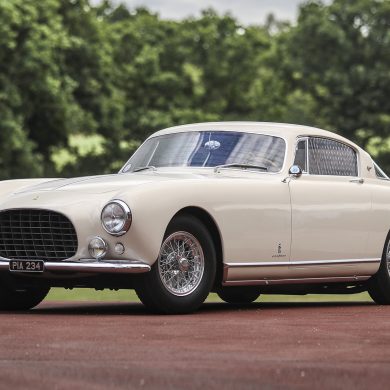
Ferrari 250 Europa
Type: Production Car
Years: 1953
Production: 21 units
Engine: 3.0 L Lampredi V12
Power: 200 bhp @ 6,300 rpm
Torque: N/A
0-60 mph: 5.9 seconds
Top Speed: 135 mph
In many ways, the Europa was Ferrari’s first grand touring car. It was the first built with no racing intentions and, due to a new relationship between Pinin Farina and Ferrari, its style was more uniform than any previous series. Compared to the 212 Inter it replaced, the Europa was a much larger car. Only a handful of cars were built before a much more successful second series of cars were produced. Learn more.
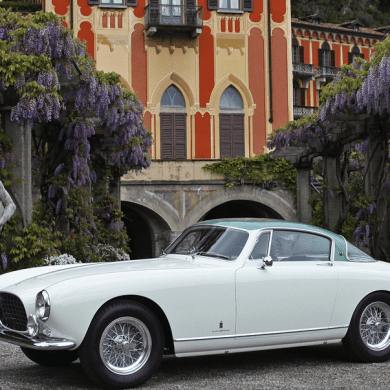
Ferrari Europa GT
Type: Production Car
Years: 1954 - 1955
Production: 35 units
Engine: 3.0 L Lampredi V12
Power: 217 hp @ 7000 rpm
Torque: 193 lb/ft @ 5000 rpm
0-60 mph: N/A
Top Speed: 143 mph
In 1954, Ferrari heavily modified their 250 Europa to accept the new short-block Colombo V12. The 250 Europa GT was seen as a road-going version of the 250 MM race car, and also as a second series to the 250 Europa. Despite having a near-identical body (almost all were by Pininfarina), the Ferrari Europa GT was much different under the skin compared to its predecessor. Learn more.
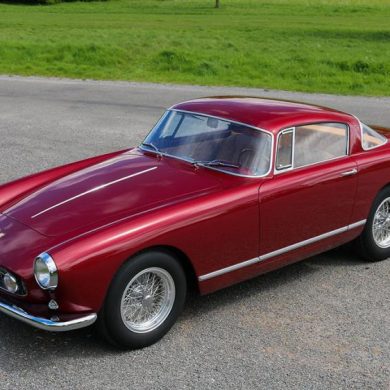
Ferrari 250 GT Coupé Boano
Type: Production Car
Years: 1955 - 1957
Production: 65 units
Engine: 3.0 L Colombo V12
Power: 240 bhp @ 7000 rpm
Torque: 193 lb/ft @ 5000 rpm
0-60 mph: 5.9 seconds
Top Speed: 125 mph
Ferrari was very serious about producing the 250 GT Coupe in large numbers, so much so Pinin Farina couldn’t handle the expected production workload. Ferrari instead turned to Mario-Felice Boano for production of the bodies and interiors based on the Pinin Farina design. Boano had both a design house in Turin and a production plant in Brescia that could handle large orders. Learn more.
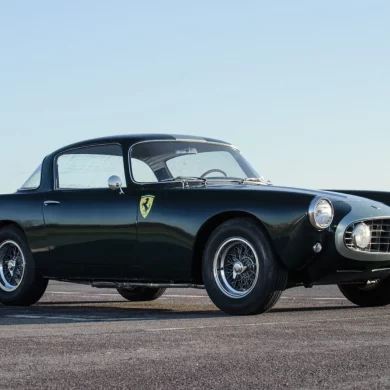
Ferrari 250 GT Coupé Ellena
Type: Production Car
Years: 1957 - 1958
Production: 50 units
Engine: 3.0 L Colombo V12
Power: 240 bhp @ 7000 rpm
Torque: 193 lb/ft @ 5000 rpm
0-60 mph: 5.9 seconds
Top Speed: 125 mph
Boano gladly accepted the order from Ferrari which was significant. Because Boano acted as a subcontractor, his name was never mentioned in the promotion of the model. Eventually, 65 cars were built at Boano’s facility until Ellena took over the facility completely. An additional 40 cars were built as the 250 GT Ellena before the model was phased out for a completely Pinin Farina-built model. Learn more.
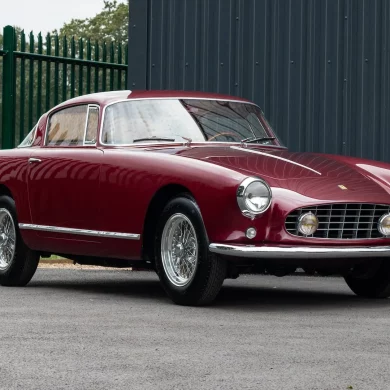
Ferrari 250 GT Coupé
Type: Production Car
Years: 1958 - 1960
Production: 353 units
Engine: 3.0 L Colombo V1
Power: 240 bhp @ 7000 rpm
Torque: 193 lb/ft @ 5000 rpm
0-60 mph: 5.9 seconds
Top Speed: 125 mph
After the subcontract of Boano and Ellena ended by 1958, Pinin Farina was ready with a new Coupé design and a new factory to increase body production. The Ferrari 250 GT Coupé Pinin Farina would be the largest volume Ferrari model up to that time. The change from an artisan-type construction to a semi-industrialized type meant that the car's shape had to be designed with greater simplicity of body production. Learn more.
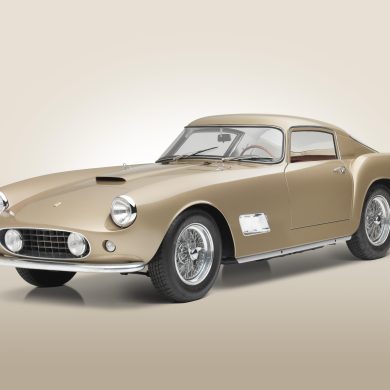
Ferrari 250 GT Berlinetta (Tdf)
Type: Production Car
Years: 1956 - 1963
Production: 77 units
Engine: 3.0 L Colombo V12
Power: 240 bhp @ 7000 rpm
Torque: 193 lb/ft @ 5000 rpm
0-60 mph: 5.2 seconds
Top Speed: 150 mph
Ferrari introduced the 250 GT Berlinetta (LWB) in 1956. It was nicknamed the Tour de France, or TdF, after dominating the French rally. 77 Tour de France cars were built, of which a number were sold for GT races. Series I was known as the "no-louvre" and 14 were built. Nine "14-louvre" Series I and II were made. In mid-1957 the Series III was introduced (three louvres) with 18 made. The 36 Series IV cars had a single vent louvre. Learn more.
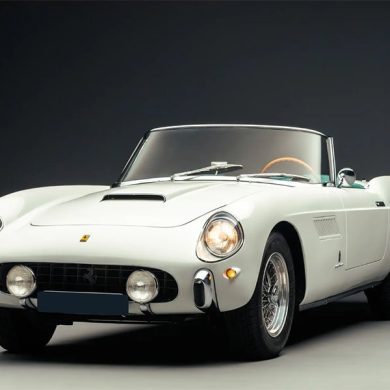
Ferrari 250 GT Cabriolet Series I
Type: Production Car
Years: 1957 - 1959
Production: 36 units
Engine: 3.0 L Colombo V12
Power: 240 bhp @ 7000 rpm
Torque: 195 lb/ft @ 5000 rpm
0-60 mph: 7.1 seconds
Top Speed: 149 mph
The Ferrari 250 GT Cabriolet Series I, introduced in 1957, marked Ferrari's first foray into series production of a convertible. With its elegant Pininfarina design, it was a true expression of 1950s automotive glamour. Featuring a powerful Colombo V12 engine, luxurious appointments, and a handcrafted body, it was a car that epitomized the "Dolce Vita" lifestyle. Limited to just 36 examples, the Series I Cabriolet is a rare and highly sought-after collector's item today, representing a significant milestone in Ferrari's history.
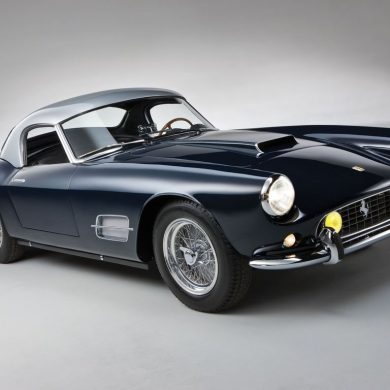
Ferrari 250 GT California Spyder LWB
Type: Production Car
Years: 1958 - 1960
Production: 50 units
Engine: 3.0 L Colombo V12
Power: 240 bhp @ 7000 rpm
Torque: 195 lb/ft @ 5000 rpm
0-60 mph: 6.5 seconds
Top Speed: 145 mph
The Ferrari 250 GT California Spyder LWB (Long Wheelbase), built from 1957 to 1960, was a stunning open-top grand tourer designed for the American market. 1 With its elegant Pininfarina lines and powerful Colombo V12 engine, it embodied the glamour and performance of the era. Hand-built by Scaglietti, the California Spyder LWB was a luxurious and exclusive machine, sought after by celebrities and enthusiasts alike. Its one of the most desirable Ferraris ever created.
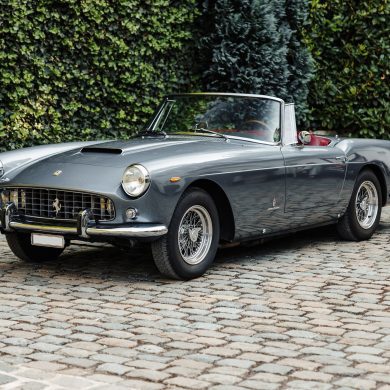
Ferrari 250 GT Cabriolet Series II
Type: Production Car
Years: 1959 - 1962
Production: 200 units
Engine: 3.0 L Colombo V12
Power: 240 bhp @ 7000 rpm
Torque: 195 lb/ft @ 5000 rpm
0-60 mph: 7.1 seconds
Top Speed: 149 mph
The Ferrari 250 GT Cabriolet Series II, launched in 1959, was an evolution of Ferrari's elegant open-top grand tourer. With its Pininfarina-designed body, it was a more refined and luxurious version of the original Series I Cabriolet, featuring subtle styling updates and a revised interior. Powered by the legendary Colombo V12 engine, it offered a thrilling driving experience combined with open-air freedom and timeless elegance.
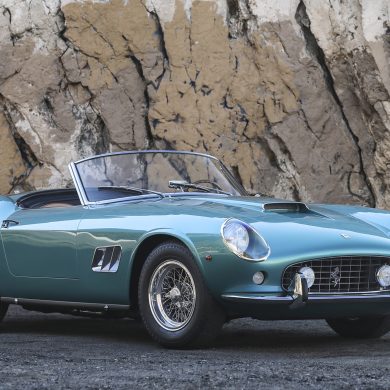
Ferrari 250 GT California SWB
Type: Production Car
Years: 1960 - 1963
Production: 58 units
Engine: 3.0 L Colombo V12
Power: 240 bhp @ 7000 rpm
Torque: 195 lb/ft @ 5000 rpm
0-60 mph: 6.5 seconds
Top Speed: 145 mph
Sharing its drive train with the legendary 250 GT that won the Tour de France, the California Spyder was a car to get excited about. It had the same 140 mph performance and the same competition chassis as the Ferraris lapping the race tracks. Their design was largely based of Pinin Farina's 250 GT Cabriolet Series I but used an upright rear headlight look. Learn more.
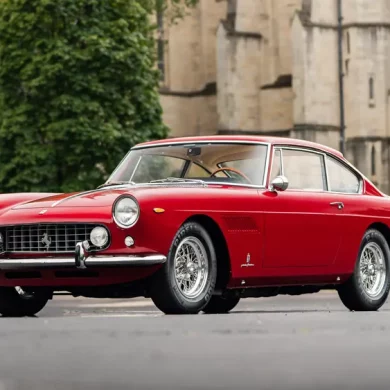
Ferrari 250 GT 2+2 (GT/E)
Type: Production Car
Years: 1960 - 1963
Production: ~1,000 units
Engine: 3.0 L Colombo V12
Power: 240 bhp @ 7000 rpm
Torque: 181 lb/ft @ 5000 rpm
0-60 mph: 8.0 seconds
Top Speed: 140 mph
The 250 GTE was Ferrari’s first four seater and the idea was successful enough to evolve into a series of Ferrari 2+2s that used the same engineering as the sports cars. As these were made for grand touring, the GTE was marketed as a luxurious car. To accommodate two additional seats, Ferrari had to move the engine and auxiliaries 12 inches forward and extend bodywork. Learn more.
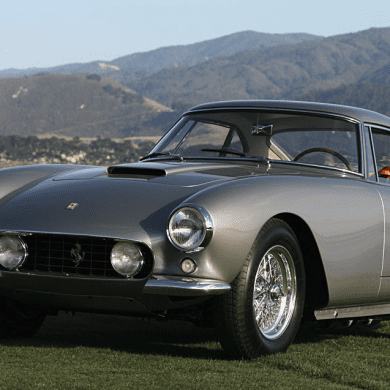
Ferrari 250 GT Berlinetta "Interim"
Type: Production Car
Years: 1959
Production: 7 units
Engine: 3.0 L Colombo V12
Power: 240 bhp @ 7000 rpm
Torque: 193 lb/ft @ 5000 rpm
0-60 mph: 5.2 seconds
Top Speed: 150mph
In 1959, seven 250 GT "Interim" LWB Berlinettas were made. They utilized the old long-wheelbase chassis and had the new Pinin Farina bodywork of the upcoming SWB Berlinettas. The bodies are all-aluminum. Interim vehicles have an additional rear quarter window, absent from the succeeding "Passo Corto" Berlinettas. 'Interim' Berlinetta won 1959 Tour de France Automobile.
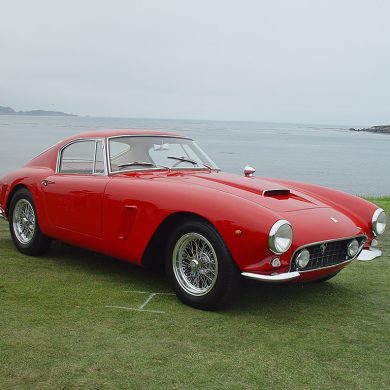
Ferrari 250 GT SWB Berlinetta ‘Lusso’
Type: Production Car
Years: 1960 - 1962
Production: 176 (inc. racing)
Engine: 3.0 L Colombo V12
Power: 240 hp @ 7,500 rpm
Torque: 215 lb/ft @ 5500 rpm
0-60 mph: 5.2 seconds
Top Speed: 150 mph
At the 1960 Geneva Motor Show, Ferrari introduced a touring version of their potent SWB race car. Ferrari gave them all odd-numbered chassis numbers which were typically reserved for competition cars. Of the 176 examples built, both steel and aluminum bodies were used in various road ("lusso") and racing trims. Development was handled the same team that later produced the 250 GTO. Learn more.
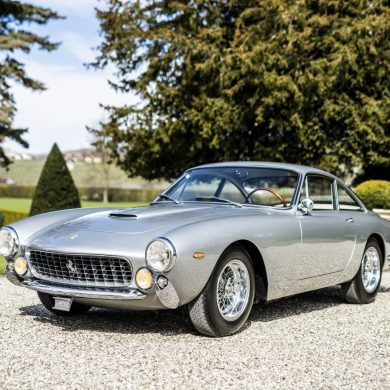
Ferrari 250 GT Berlinetta Lusso
Type: Production Car
Years: 1962 - 1964
Production: 351 units
Engine: 3.0 L Colombo V12
Power: 240 hp @ 7,500 rpm
Torque: 215 lb/ft @ 5500 rpm
0-60 mph: 5.2 seconds
Top Speed: 150 mph
Regarded as one of the most beautiful Pininfarina designs, the Lusso, or GT/L, sold as a road-going car and directly benefited from the successful line of Ferrari 250 GTs. It was developed from the dual-purpose 250 GT Short Wheel Base (SWB). When the SWB's time was up, its road-going version was replaced in 1962 with the more curvaceous 250 GT Lusso.. Learn more.
Ferrari 250 Images & Wallpapers
A curated collection of our favorite Ferrari 250 wallpapers and pictures.
The 250 Testa Rossa is a true thoroughbred. It's raw, visceral, and demands respect. But in the right hands, it's an absolute weapon on the track
Anonymous


